|
En
esta memorable fecha 20
de Noviembre de 2010, Inicio
del Centenario de la Revolución Mexicana, dedico este sencillo
trabajo a mis
amigos de Múzquiz para que las
presentes y futuras generaciones
recuerden y honren a los hombres y mujeres que salieron de su tierra,
para combatir en la Revolución, muchos murieron lejos de
ella otros pudieron regresar, recordemos siempre a estos
valientes Coahuilenses quienes arriesgaron y sacrificaron sus
vidas por un México
mejor. Asi mismo pido disculpas a los familiares
de los Generales, Jefes, Oficiales y personal de tropa que
lucharon en los diferentes períodos de la revolución y que no
aparecen en esta relación.
DOCUMENTO ESCRITO POR EL SR.GRAL. DE DIV. J.TRINIDAD
RODRIGUEZ LOPEZ. DISTINGUIDO MILITAR
DE ORIGEN REVOLUCIONARIO, NACIDO EN MÚZQUIZ, COAH. QUIEN OSTENTÓ
EL IMPORTANTE MANDO DE VARIAS JEFATURAS DE ZONA MILITAR ANTES DE
PASAR EN SITUACION DE RETIRO.
Artículo
de la Revista El Legionario, órgano de la Legión de Honor Mexicana,
a la cual el que esto
transcribe tiene el Alto Honor de pertenecer.
PRIMER CHISPAZO DE LA REVOLUCIÓN.
Por
el General de Brigada. J.Trinidad Rodríguez
López.
“
Corrían los días de
aquel mes de Febrero de 1913,dentro de la apacibilidad, sosiego y
retraimiento de la gente de mi pueblo ( Múzquiz, Coah.) dedicada a
sus trabajos cotidianos de la vida campestre y la que formaba núcleo
importante de trabajadores de los minerales circunvecinos de Palaú,
El Menor,Conquista, Las Esperanzas y Lampacitos de la región
carbonífera,
así como de las minas de metal El Cedral y
Santa Gertrudis, entonces aquello en auge de una mayor importancia
de beneficios solamente para las empresas.
Era
a mediados de ese Febrero y rompe la calma y tranquilidad de toda
aquella nuestra gente de Múzquiz y de la región minera, las
alarmantes y tristes noticias recibidas de los sucesos que se
registraban en la ciudad de México, por causa del cuartelazo de la
Ciudadela, que culminara con el nefasto y abominable asesinato del
Presidente Madero y el Vicepresidente Pino Suárez, que causara
muestras justificadas de exacerbación en el pueblo y que
respondiera de inmediato condenando enérgicamente el excecrable
asesinato cometido por el chacal Victoriano Huerta y sus secuaces.
Don
Venustiano Carranza, gobernador del Estado, movido como fue por el
sentimiento del pueblo, respondió inmediatamente tomando el lugar
que él decoro y honor mancillado de la nación demandaron, poniéndose
inmediatamente a organizar contingentes de hombres libres y de
honor, para que empuñando las armas y con ellos al frente como lo
hizo,fuera en pos del castigo merecido de los asesinos y usurpadores
del poder que detentaron por medio del crimen y la violencia.
A
la sazón, en Múzquiz, se encontraba un grupo de ingenieros
militares pertenecientes al Ejército Federal, que encabezaba un
Coronel ya entrado en edad apellidado Canseco, con los Capitanes
Carlos Prieto, Alberto Betanzos, el Teniente Pichardo y se acompañaban
de un reducido número de soldados armados que les servían de
asistentes y para cargar sus instrumentos y bagajes en el desempeño
de la comisión que tenían nombrada.
Don
Alberto Guajardo era Coronel y Jefe de las
Fuerzas Irregulares del Estado de Coahuila ( antes Maderistas
) que sostuviera Don Venustiano Carranza como Gobernador, para batir
y exterminar a los elementos Orozquistas alzados que incursionaban
por la Región Lagunera, y otros que en ocasiones procedentes del
Estado de Chihuahua en correrías se internaban en Coahuila por el
desierto, por el lado de Cuatro Ciénegas, a cuyas fuerzas
irregulares perteneciera yo también.
Inmediatamente,
a la vez que tenían desarrollo los acontecimientos sangrientos del
cuartelazo de la Ciudadela, en la ciudad de México, Don Alberto, al
llamado de Don Venustiano, se presentó en Saltillo, quedando a sus
órdenes, reconociendo de momento el movimiento revolucionario. Como
se sabe, diferencias o bien no pareciera, poco después simpatizar
con los principios e ideas revolucionarias del movimiento encabezado
por Don Venustiano, Don Alberto Guajardo, con cierto contingente que
estuviera poco tiempo en las filas Carrancistas, volvió la espalda,
desertando Don Alberto con los suyos, yéndose al lado Huertista,
engrosando a los federales mandados por Joaquin Mass.
Luego
que en Saltillo convino con Don Venustiano Don Alberto, se fué a Múzquiz
para organizar contingentes para la Revolución y recuerdo muy bien
que el 25 de ese mismo mes de febrero de 1913, en la noche, por órdenes
de Don Alberto, entre los que recuerdo perfectamente, a José y Jesús
de la Garza, Julián Pérez, Mencho de la Rosa, Estanislao y Vicente
Aldape, Celso Tellez, Zaragoza Riojas, yo, y otros por sorpresa les
caimos donde estaban alojados los soldados armados asistentes de los
ingenieros militares y les quitamos las carabinas máuser y sus
dotaciones de parque, sin que se resistieran de la menor manera, ya
con eso, nos hicimos de elementos para reclutar y armas a tanto
adepto que sobraban, dándose de
alta para engrosar las filas revolucionarias.
El
26 de febrero, o sea el día siguiente, ya sumado mayor contingente,
por órdenes igualmente de Don Alberto, nos fuimos para el
nacimiento de los indios Kikapús, cayéndoles en las altas horas de
la noche; como son desconfiados, nos sintieron y se sostuvo una
ligera resistencia y tras breve escaramuza, huyeron al monte y
remontándose a la sierra, dejándonos unas carabinas 30-30 y parque.
Ya
con las armas recogidas a los soldados federales de los ingenieros
militares de Múzquiz, y las que les quitamos a los indios Kikapús,
se armaron más
elementos que engrosaron las filas Carrancistas, y ya organizado
regular contingente, marchamos a Monclova, donde estaba el
cuartel general y donde se encontraba Don Venustiano, a fines de
marzo y abril de 1913.
Esto
es una narración de datos importantes hasta ahora desconocidos que
no se han escrito y que bien pueden ser útiles para formar la
iniciación de la historia de la Revolución, como “ uno de los
primeros chispazos” habidos en el albor del movimiento Carrancista,
en los días inmediatos sucesivos al 22 de febrero de 1913, en que
fueron asesinados arteramente los Jefes de un pueblo, Don Francisco
I. Madero y Don José María Pino Suárez. “
El
General de División Don José Trinidad Rodriguez López, era
originario de Múzquiz, nació el año de 1896, hijo
legítimo del Sr. Cesario Rodriguez
y de la Sra. María Carmen López, contrajo matrimonio en
dicha ciudad el 21 de septiembre de 1930 con Dora Peña Botello de
24 años de edad originaria de Villaldama, N.L. hija legítima de
José Gaspar Peña y de María Plutarca Botello, fueron testigos:
Francisco Peña y Eriverto Solis.
“TRES ADELAIDAS DE LA REVOLUCION QUE NOSE LES HA CANTADO”
Por
el Mayor Legionario Bartolo Rodríguez López, hermano del General
J. Trinidad Rodríguez López.
“
María de Jesús González ( la Guera ), Toña Ortiz ( Toña la
Prieta ) y Amada Múzquiz, tres mujeronas del tipo puro norteño, de
contra la orilla del río Bravo, de allá de Coahuila, hechas y
formadas bajo aquel sol abrasador y quemante, y por el rigor de sus
inviernos, cual pasterizadas por el tremendo clima se convertían
resistentes a lo malo, sirviendo de condición propiciatoria y con
ese sino, se cobijaron bajo la bandera de la legalidad que flameó
el constitucionalismo el año de 1913.
María
de Jesús, aunque nacida en Zaragoza, púber aún, se fué al lado
de sus padres a vivir a Múzquiz, trabajando como mentora en la
escuela de niñas; en su adolescencia se dio a conocer por su
inclinación y simpatía a las reuniones de personas liberales de
pensamiento y progresistas, era de de tipo esbelto, guera pecosa,
pelo colorado como jilote, parecía pelirroja; pero de carácter enérgico
y decidida.
Toña
Ortiz, era de la región carbonífera de Coahuila, del mineral Las
Esperanzas, de grosor regular, más bien baja de cuerpo, trigueña
cenizona o cambuja, maestra de escuela también, y adolescente aún
se le admiraba por su oratoria fogosa y rebelde, que aprovechaba en
las escondidas reuniones de trabajadores, entonces, enardecía los
ánimos de los mineros, provocándolos a que brincaran las trancas
de la opresión en que se les tenía.
Amada
Múzquiz, del mero lugar de su apellido originaria, trigueña, medio
chaparrona y bien amarrada, de ceño grave, parecido a india
Comanche, con cualidades de muy buen origen, generosa, humilde y
sencilla, su pensamiento de buenas ideas avanzadas, bastante
inteligente, con buena instrucción, amigota hasta las cachas, de un
gran corazón para lo bueno y lo contrario, se engalla lueguito y al
principio con su voz de trueno, sigue su pose de gallaza capote, de
muy rayada y entrampada deveras, que le para a
“evribodi”. María de Jesús, Toña y Amada, frisaban los
veintiséis y veintisiete años cuando estalló la Revolución de
1913, encabezada por Don Venustiano Carranza.
A
la Guera se le vió, luego que reventó la bola, vestida como
hombre, de mitazas o medias chaparreras, a caballo, dos cananas de
parque terciadas sobre los hombros y con su carabina, incorporada
como Oficial en la gente Carrancista de Benjamín Garza y Bruno
Neira, que pertenecían a las fuerzas de Fortunato Zuazua,
participando y tomando parte personalmente en los primeros combates,
contra los pelones federales Huertianos
de Joaquín Mass y
los chacales voluntarios irregulares de Don Alberto Guajardo, que
tuvieron lugar en Monclova, y estaciones del F.C., Hermanas, Aura y
Barroterán; concurriendo después a la campaña y combates habidos
en Coahuila, contra los Villistas de Orestres Pereira y Rosalío
Hernández, el año de 1915.
Pasado
lo más cruento de la Revolución se há perdido el paradero de María
de Jesús.
Toña
Ortiz, al estallido del Carrancismo en 1913, dió muestras de gran
actividad, desarrollando una labor entusiasta de proselitismo,
logrando con su oratoria hacer intensa propaganda, que tuvo como
resultados muchos adeptos para el Constitucionalismo; pasada la
lucha aguda no se há sabido su paradero.
De
Amada Múzquiz no se diga, con sagacidad, sigilo y sumo atrevimiento,
iba y venía para el otro lado, vadeando el Río Bravo en los pasos
conocidos como la Isla del Mudo, y entre El Moral
y Jiménez, río arriba de Piedras Negras, pasando de
contrabando carabinas y parque para los Carrancistas.
Presto
se le veía en San Antonio, como en Del Río y Eagle Pass,Texas,
engatusando gringos que se prestaban, consiguiendo los elementos de
guerra que necesitaban los revolucionarios, valiéndose de su
reconocida changuez para estos menesteres y de la totocha que
mascullaba (Inglés
mal hablado de la pochería Tejana ).
Amada
sigue todavía luchando activamente por conseguir un mejoramiento de
los Veteranos de la Revolución que sirven en las diferentes
dependencias de Gobierno Federal, Tal conducta desinteresada, le
hace tener muchísimos amigos que le guardan respeto y
consideraciones, principalmente por sus importantes y meritorios
servicios prestados durante la lucha armada. Vive pobremente y
olvidada de ayuda, como todos los viejos revolucionarios.
Por
ahora no manifiesta deseos de volver nuevamente al Norte, tal vez
por considerar tener quemados los puentes para pasar al otro lado, o
por si las dudas y a lo mejor no recuerde que por allá,
en sus andanzas se le haya atravesado chueco algún cristiano
y resultara mal librado. El caso es que no puede
Amada beber agua en la orilla del aquel lado del Río Bravo.
Estos
artículos fueron escritos por sus autores el año de 1950 y
como lo mencioné fueron publicados en la Revista El Legionario.
BAUTISMOS DE ALGUNOS DISTINGUIDOS
REVOLUCIONARIOS DE MÚZQUIZ.
INVESTIGADOS
POR EL TTE.CORL.INTDTE.RET.RICARDO RAUL PALMERIN CORDERO.
Fuentes.-
Centro de Historia familiar, Iglesia
de Jesucristo de los Santos de los Últimos Días de la Cd. de San
Luis Potosí, S.L.P., films de bautismos de la Iglesia de Santa Rosa
de Lima, Cd. M. Múzquiz, Coah..
GENERAL DE BRIGADA LUIS ALBERTO GUAJARDO ELIZONDO.
Fué
bautizado el 10 de julio de 1862, de un mes de nacido, hijo legítimo
de Don Miguel Guajardo y de Doña Dolores Elizondo, fueron sus
padrinos: Don Tirso Castillón y Doña Francisca Aldape.
CORONEL DE CABALLERIA RAMÓN
MUZQUIZ CASTILLO.
Fué
bautizado el 31 de marzo de 1868, de cinco días de nacido, hijo legítimo
de Jesús María Múzquiz Peña y de María Socorro Castillo, fueron
sus padrinos: Don Eugenio Jiménez y Doña Elizarda González.
GENERAL DE
BRIGADA GENARO GUAJARDO ELIZONDO.
Fué
bautizado el 2 de marzo de 1870, de seis meses de nacido, hijo legítimo
de Don Miguel Guajardo y Doña Dolores Elizondo, fueron sus padrinos:
Don Augusto Elizondo y Doña Santos Cortinas.
CAPITAN 1/o DE CABALLERIA
TOVIAS ELIZONDO CORTINAS.
Fue
bautizado el 1/o. de junio
de 1876, hijo legitimo de Don Augusto Elizondo Rivas y de Doña Santos
Cortinas Montemayor, fueron sus padrinos Don Francisco Flores Ramos y
Doña Refugio Elizondo, murió el año de 1916.
JULIAN PEREZ GUERRA.
Fué
bautizado el 25 de junio de 1876, de cuatro meses de nacido, hijo legítimo
de Yndalecio Pérez y de
María del Pilar Guerra, fueron sus padrinos: Don Juan Uro y Doña
Nepomucena Rodriguez.
GENERAL LIBRADO FLORES LOPEZ.
Fué
bautizado el 31 de diciembre de 1876, de quince días de nacido, hijo
legítimo de Sirildo Flores y de María Tomasa López, fueron sus
padrinos: Casimiro Cantú y María de Jesús Villarreal,
murió combatiendo el año de 1929 en el estado de Oaxaca.
GENERAL
DE BRIGADA EMILIO ELIZONDO BORREGO.
Fué
bautizado el 17 de abril de 1877, de 27 días de nacido, hijo legítimo
de Don Epigmenio Elizondo y Doña Raquel Borrego, fueron sus padrinos:
Don Herminio Rodríguez y Doña María Ygnacia Zertuche.
GENERAL
DE DIVISIÓN GUSTAVO ELIZONDO CORTINAS.
Fue
bautizado el 1/o de Septiembre de 1878, de 25 días de nacido, hijo
legítimo de de Don Augusto Elizondo Rivas y Doña Santos Cortinas
Montemayor, fueron sus padrinos: Victoriano Nuñez y Rosa González.
CAPITAN
1/o DE CABALLERIA JESÚS DE LA GARZA ELGUEZABAL.
Fué
bautizado el 24 de septiembre de 1878, de catorce días de nacido,
hijo legítimo de Atilano de la Garza y de
Beatriz Elguezabal, fueron sus padrinos Juan José Galán y
Gertrudis Galán.
MAYOR DE CABALLERIA SÓSTENES GUAJARDO ELIZONDO.
Fué
bautizado el 25 de febrero de 1911, nació el 15 de febrero de 1881,
hijo legítimo de Miguel Guajardo y de Dolores Elizondo, fué su
padrino Francisco Terry.
DIEGO DE LA GARZA ELGUEZABAL.
Fué
bautizado el 17 de marzo de 1881, hijo legítimo de Atilano de la
Garza y de Beatriz Elguezabal, fueron sus padrinos: Alejandro
Elguezabal y Carmen Riche.
NEMENCIO DE LA ROSA. ( MENCHO ).
Fué
bautizado el 5 de marzo de 1883, de quince días de nacido, hijo legítimo
de Cesario de la Rosa y de Rufina Lonza. Fueron sus padrinos:
Francisco y Agapita Salazar.
TENIENTE
CORONEL DE CAB. FELIPE MUZQUIZ ALDAPE.
Fué
bautizado el 23 de junio de 1883, de cuatro meses de nacido, hijo legítimo
de Felipe Múzquiz y de María Refugio Aldape, fueron sus padrinos:
Manuel Long y Refugio Múzquiz.
VICENTE
ALDAPE GUTIERREZ.
Fué
bautizado el 31 de octubre de 1883, de seis meses de nacido, hijo legítimo
de Estanislao Aldape y de Concepción Gutierrez, fueron sus padrinos:
Jesús de León y Trinidad Sepulveda.
DE ESTOS TRES HERMANOS NO ENCONTRÉ SU REGISTRO DE BAUTISMO.
CORONEL DE
CABALLERIA HERMILO RODRIGUEZ LOPEZ.
GENERAL
DE BRIGADA PABLO
RODRIGUEZ LOPEZ.
GENERAL
BRIGADIER OTONIEL
RODRIGUEZ LOPEZ.
CAPITAN
1/o. DE CABALLERIA FILIBERTO JIMENEZ CADENA.
Fue
bautizado el 15 de noviembre de 1884, de dos meses
de nacido, hijo legítimo del Teniente Coronel de Caballería
Don Severo Jiménez Espinoza y Doña Agustina Cadena, fueron sus
padrinos: Andrés Garza y Virginia Carr.
GENERAL
DE BRIGADA ABELARDO MENCHACA GUERRA.
Fué
bautizado el 19 de noviembre de 1886, de un mes de nacido, hijo legítimo
de Antonio Menchaca y de María Encarnación Guerra, fueron sus
padrinos: Marcos Menchaca y Juana Benavidez, murió en combate el año
de 1915.
TENIENTE CORONEL DE
CABALLERIA EZEQUIEL ELIZONDO VILLARREAL.
Fué
bautizado el 17 de abril de 1887, de ocho días de nacido, hijo legítimo
de Justiniano Elizondo y Dolores Villareal, fueron sus padrinos:
Antonio Aguirre y Teodora Villarreal.
TENIENTE CORONEL DE CAB. GUILLERMO BERCHELMANN MORALES.
Fué
bautizado el 21 de octubre de 1888, de diez meses, nueve días de
nacido, hijo legítimo de Antonio Berchelmann y de Celia Morales,
fueron sus padrinos: Eliseo Elizondo y Asunción Múzquiz.
CORONEL
AMADA MUZQUIZ LOPEZ.
Fué
bautizada el 5 de febrero de 1889, de once meses de nacida, hija
natural de Severo Múzquiz y de Maria Refugio López, fueron sus
padrinos: Jesús Múzquiz y Socorro Castillo.
MAYOR DE CABALLERIA GERARDO MALTOS CASTAÑEDA.
Fué
bautizado el 6 de marzo de 1912, de 23 años de edad nació en la
Sauceda en 1889, Hijo legítimo de Juan Francisco Maltos y de Epifania
Castañeda, fué su padrino Ygnacio González. Murió
en combate el año de 1913 en Altamira, Tamps.
CAPITAN 1/o DE CABALLERIA JOAQUIN SEPULVEDA CASTILLO.
Fué
bautizado el 15 de febrero de 1890, de un año de nacido, hijo legítimo
de Felipe Sepulveda y Francisca Castillo, fueron sus padrinos: Vicente
Castillo y Delfina Castillo.
CORONEL DE CABALLERIA ANDRES RÁBAGO CASTELLANO.
Fué
bautizado el 7 de diciembre de 1890, de tres meses de nacido, hijo legítimo
de Andrés Rábago y de Marciala Castellano, fueron sus padrinos:
Celso Tellez y Alejandra Cedillo.
CORONEL DE CABALLERIA YSMAEL GALAN
BENAVIDEZ.
Fué
bautizado el 12 de enero de 1891, de tres meses de nacido, hijo legítimo
de Rafael Galán y de San
Juana Benavidez, fueron sus padrinos: Juan Yruegas y Carolina
González.
murió el año de 1922 fué Sepultado en San Luis Potosí en el
cementerio del Saucito, su epitafio dice: “A
la memoria del insigne Coronel. La sangre de los bienechores de la
humanidad no se pierde, cada gota de ella es rocío que fecunda la
ingrata tierra. Su madre y sus hermanos que jamás lo olvidan, le
dedican este recuerdo “.
GENERAL DE
DIVISIÓN REGULO GARZA GARZA.
Fué
bautizado el 9 de agosto de 1891, de cinco meses de nacido, hijo legítimo
de Francisco Garza y de Juana Garza, fueron sus padrinos: Amado
Castillo y Victoriana Alderete.
GENERAL DE BRIGADA
PORFIRIO CADENA ROJAS.
Fué
bautizado el 9 de agosto de 1891, de cuatro meses de nacido, hijo legítimo
de Ygnacio Cadena y de Jacinta Rojas, fueron sus padrinos Félix Rodríguez
y Eriberta Amescua.
CAPITAN 1/o DE CABALLERIA AUGUSTO ELIZONDO MENCHACA.
Fué
bautizado el 20 de septiembre de 1891, de seis días de nacido, hijo
legítimo de Don Ignacio Elizondo Rivas y Doña Leónides Menchaca Jiménez,
fueron sus padrinos: Lizardo Elizondo y Dolores Rivas.
TENIENTE DE CABALLERIA MELCHOR MUZQUIZ GUERRA.
Fue
bautizado el 28 de febrero de 1892, de un mes tres días de nacido,
hijo legítimo de Manuel Múzquiz y de Virginia Guerra, fueron sus
padrinos: Emilio Prado y María Rodríguez.
CAPITAN 1/o DE CABALLERIA JOSÉ DE LA GARZA
ELGUEZABAL
Fué
bautizado el 12 de marzo de 1892, hijo legítimo de Don Atilano de la
Garza y Doña Beatriz Elguezabal, fueron sus padrinos: Francisco Treviño
y Amada Villarreal.
SOLDADERA MANUELA CADENA VITELA.
Fué
bautizada el 13 de agosto de 1892, de tres meses de nacida, hija legítima
de Guillermo Cadena y de Refugio Vitela, fueron sus padrinos: Félix
Ruiz y Matiana Ruiz.
CAPITAN 1/o DE CABALLERIA EFRAÍN ELIZONDO MENCHACA.
Fué
bautizado el 8 de enero de 1893, hijo legítimo de Don Ignacio
Elizondo Rivas y Doña Leónides Menchaca Jiménez, fueron sus
padrinos: Manuel Menchaca y Dolores Menchaca, murió en combate el año
de 1914.
GENERAL
DE DIVISIÓN IGNACIO ELIZONDO MENCHACA.
Fué
bautizado el 25 de mayo de 1894, de un mes de nacido, hijo legítimo
de Don Ignacio Elizondo Rivas y de Doña Leónides Menchaca Jiménez. fueron
sus padrinos: José Angel Pérez y Dolores Villarreal.
MAYOR DE
CABALLERIA RAMÓN MÚZQUIZ
GARZA.
Fue
bautizado el 10 de marzo de 1895, de cuatro meses de nacido, hijo legítimo
de Ramón Múzquiz y de Felipe Garza, fueron sus padrinos: Felipe Múzquiz
y Refugio Aldape.
TENIENTE DE
CABALLERIA DIEGO MÚZQUIZ
GUERRA.
Fué
bautizado el 12 de marzo de 1895, de cuatro meses de nacido, hijo legítimo
de Manuel Múzquiz y de Virginia Guerra, fueron sus padrinos:
Yndalecio Pérez y María Pérez.
FAUSTINO DAVALOS (
AVALOS) ZAPATA.
Fué
bautizado el 9 de abril de 1895, de un mes de nacido, hijo legítimo
de Eustacio Dávalos ( Avalos ) y de Eufracia Zapata, fueron sus
padrinos Felipe Elguezabal y Felicitas Elguezabal.
GENERAL BRIGADIER CRUZ
MALTOS CASTAÑEDA.
Fué
bautizado el 26 de Julio de 1895, de tres años, tres meses de nacido,
hijo legítimo de Juan Maltos y
de Juana ( Epifania ) Castañeda, fueron sus padrinos: Matías Maltos
y Francisca Rubio. murió combatiendo contra las fuerzas Villistas el
año de 1917.
CAPITAN
1/o DE CABALLERIA CLEMENTE ROMO MONTEMAYOR.
Fué
bautizado el 19 de Enero de 1896, de siete meses de nacido, hijo legítimo
de Jesús Romo y de Amalia Montemayor, fueron sus padrinos: Felipe Múzquiz
y Maria Refugio Múzquiz.
MAYOR
DE CABALLERIA JUAN ROMO MONTEMAYOR.
Fué
bautizado el 19 de abril de 1896, de dos años de nacido, hijo
legítimo de Ramón Romo y de María Guadalupe Montemayor, fueron sus
padrinos: Juan Villarreal y Benita Castellano.
TENIENTE
DE CABALLERIA MANUEL MALTOS VAZQUEZ.
Fué
bautizado el 2 de marzo de
1897, de tres meses de nacido, hijo legítimo de Mariano Maltos y de
María Ysabel Vazquez, fueron sus padrinos. Pedro García y Mauricia
García.
TENIENTE
DE CABALLERIA JOSÉ MÚZQUIZ
GUERRA.
Fue
bautizado el 23 de mayo de 1897, de cinco meses de nacido, hijo legítimo
de Manuel Múzquiz y de Virginia Guerra, fueron sus padrinos:
Estanislao Garza y María de Jesús Guerra.
TENIENTE CORONEL DE CABALLERIA LUIS ALBERTO
VIDAURRI GUAJARDO.
Fue
bautizado el 28 de septiembre de 1897, de cuatro meses de nacido, hijo
legítimo de Francisco
Vidaurri y Cristina
Guajardo, fueron sus padrinos: Ygnacio Mc.Dowell y Rebeca Mc.Dowell.
MAYOR DE CABALLERIA JUAN ELIZONDO RABAGO.
Fue
bautizado el 18 de julio de 1898, de veinte días de nacido, hijo legítimo
de Victoriano Elizondo y Encarnación Rábago, fueron sus padrinos:
Felipe Sepulveda y Francisca Castillo.
CAPITAN 2/o DE
CABALLERIA
LUIS GALAN BENAVIDEZ.
Fué
bautizado el 12 de Junio de 1898, de un año de nacido, hijo legítimo
de Rafael Galán y de San Juana Benavidez, fueron sus padrinos:
Alberto Elizondo y Beatriz Elguezabal.se suicidó a la edad de 20
años,
su epitafio dice: “Adios
hermano querido, el destino pudo apagar muy pronto la llama de la vida.
pero no logrará borrar de nuestros corazones tu recuerdo “. fué
sepultado en San Luis Potosí, en el cementerio del Saucito.
SOLDADO ABELINO MALTOS CASTAÑEDA.
Fue
bautizado el 13 de septiembre de 1898, de tres meses de nacido, hijo
legítimo de Adrian Maltos y de Teresa Castañeda, fueron sus padrinos:
Pedro Fuentes y Eulalia de la Rosa.
TENIENTE DE CABALLERIA
PABLO MÚZQUIZ GARZA.
Fué
bautizado el 27 de diciembre de 1898, de cinco meses de nacido, hijo
legítimo de Ramón Múzquiz y de Felipa Garza, fueron sus padrinos:
Felipe Ramón y Josefa Ramón.
CAPITAN 2/o DE CABALLERIA ELEUTERIO
MALTOS VIDAURRI.
Fué
bautizado el 14 de mayo de 1899, hijo legítimo de Juan Maltos y de
Felipa Vidaurri, fueron sus padrinos: Juan Boch y Elisa Boch.
CAPITAN 2/o DE CABALLERIA PEDRO CASTAÑEDA.
Fué
bautizado el 19 de septiembre de 1903, de cuatro años de nacido, hijo
legítimo del Mayor de
Caballería Reyes Castañeda y de Trinidad Hidalgo, fueron sus
padrinos: Antonio y Adelaida Maltos.
CAPITAN 1/o DE
CABALLERIA JESUS TORRES
GONZALEZ.
Murió
el 26 de diciembre de 1923 combatiendo
en el estado de Jalisco.
------------------------------------------------------------------------------------------------------------------------------
San
Luis Potosí, S.L.P. a 2 de Noviembre
de 2010.
EL TENIENTE CORONEL INTENDENTE RET. RICARDO RAUL PALMERIN
CORDERO.
INVESTIGADOR
DE GENEALOGIA E HISTORIA.
|



 Eleven
students were charged last Friday with conspiring to disrupt a speech
last year, capping a grand jury investigation. The 11 were arrested,
cited and released in the Feb. 8, 2010, incident during the talk by
Michael Oren, the Israeli Ambassador to the U.S.
Eleven
students were charged last Friday with conspiring to disrupt a speech
last year, capping a grand jury investigation. The 11 were arrested,
cited and released in the Feb. 8, 2010, incident during the talk by
Michael Oren, the Israeli Ambassador to the U.S.

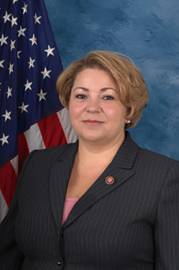
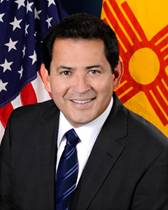
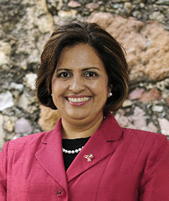
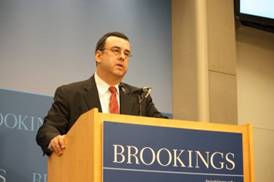
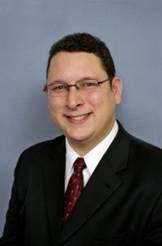
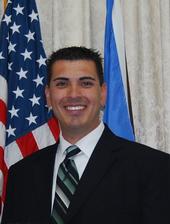
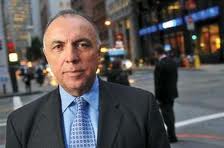
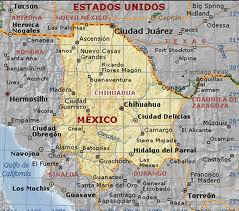

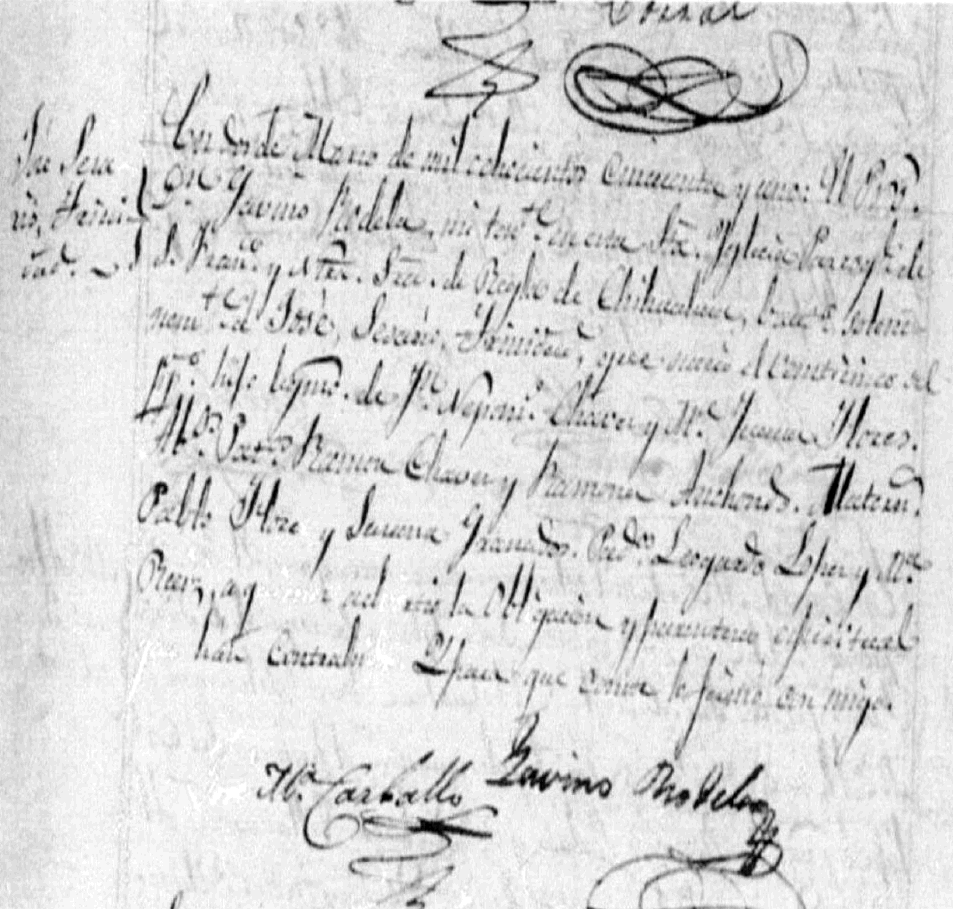
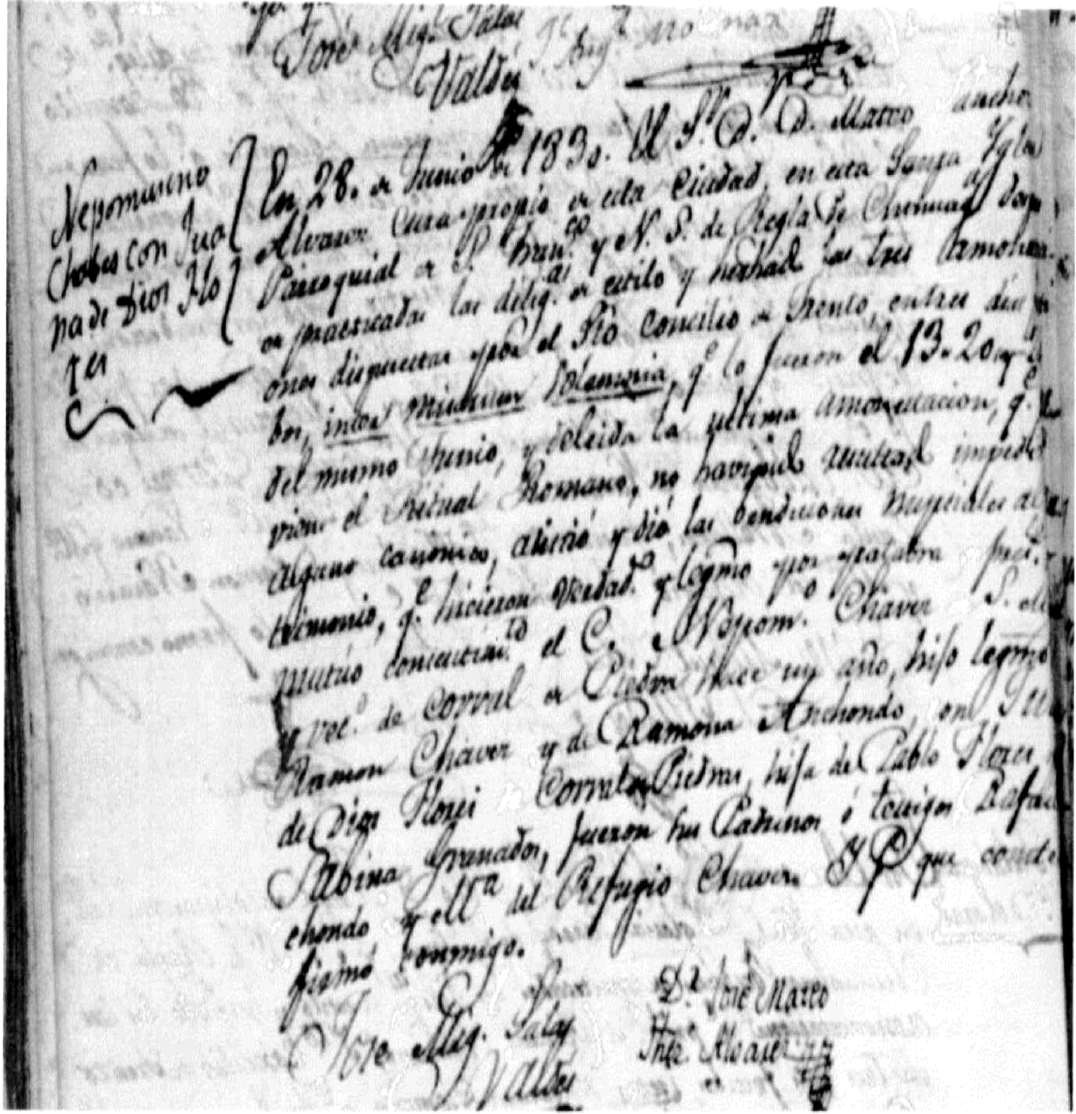
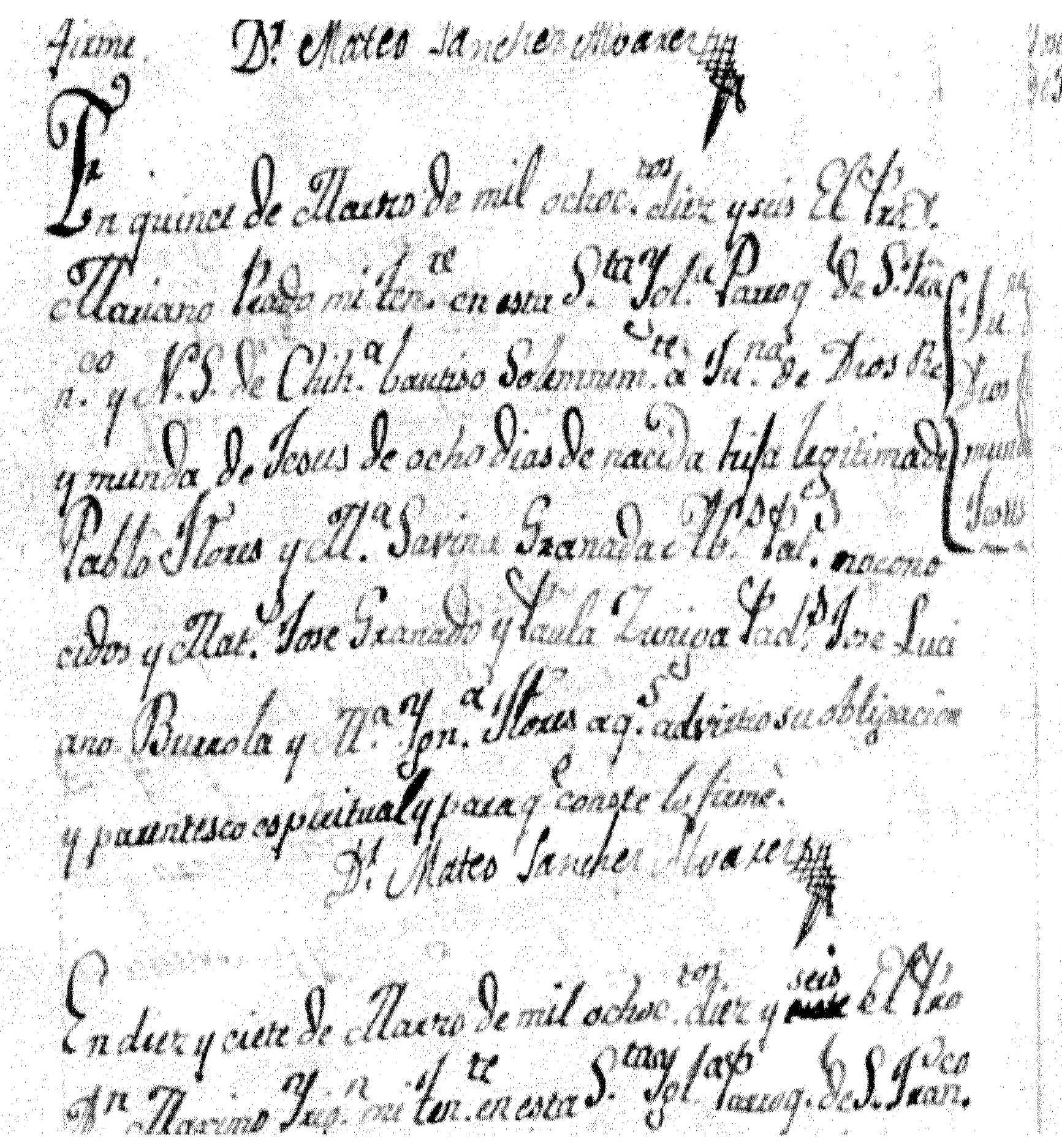
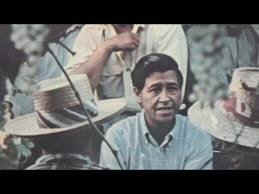
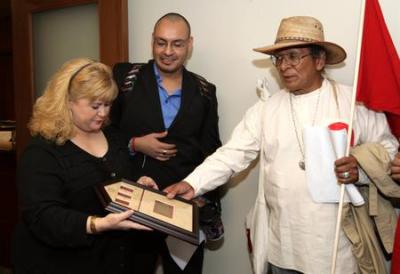
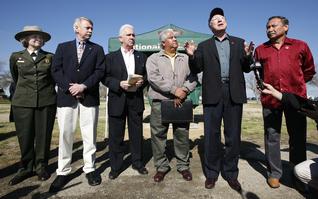
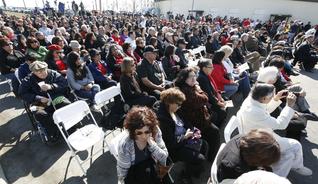 “The work my dad and so many others began at the Forty Acres laid the foundation that our movement would labor in the community as well as the workplace,” said Paul Chávez. “In so doing, they empowered and inspired millions of Latinos and other Americans to social and political activism.”
“The work my dad and so many others began at the Forty Acres laid the foundation that our movement would labor in the community as well as the workplace,” said Paul Chávez. “In so doing, they empowered and inspired millions of Latinos and other Americans to social and political activism.” 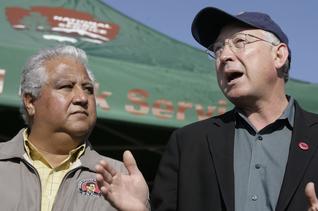
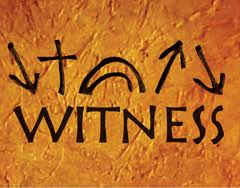
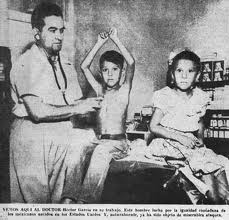
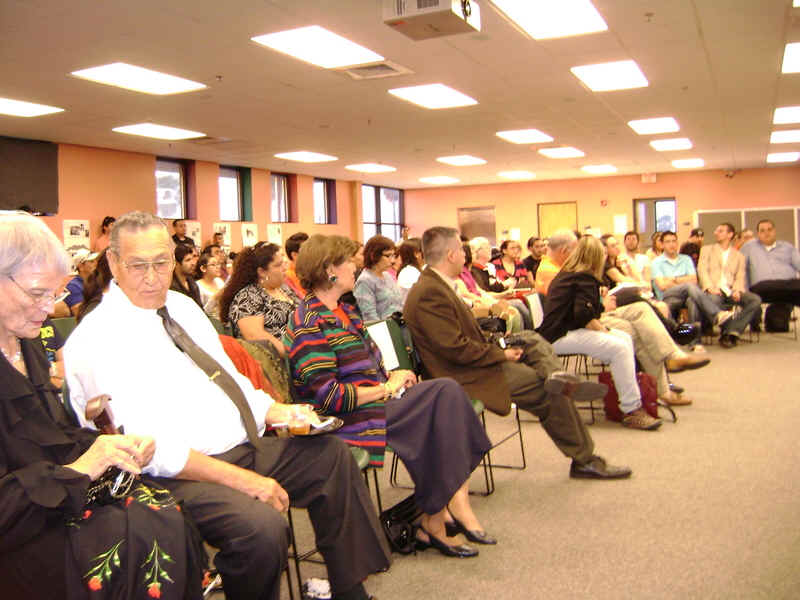
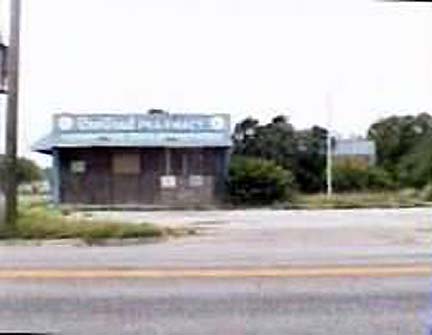

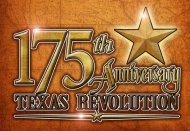
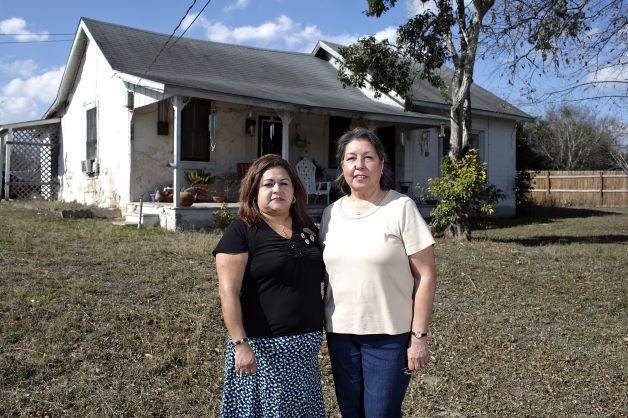
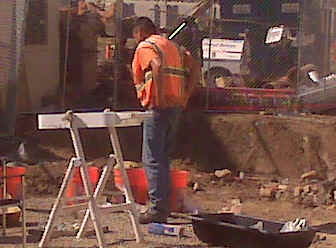
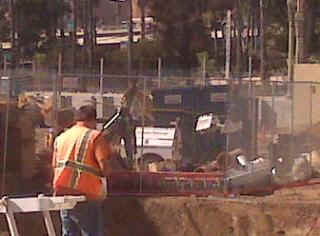
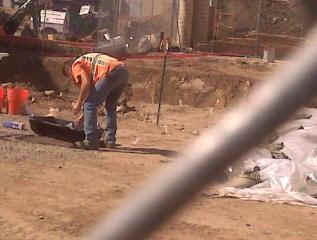


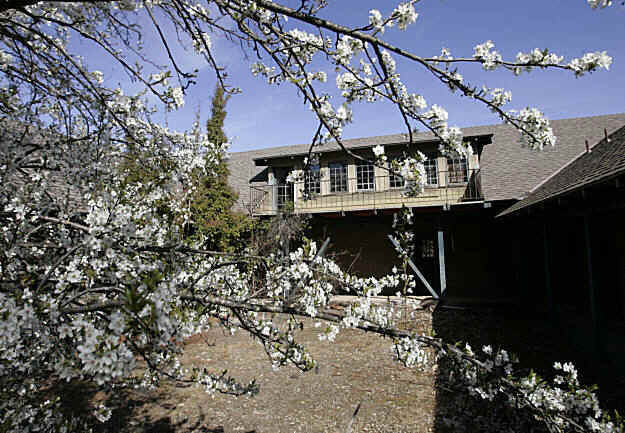


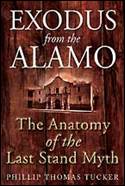

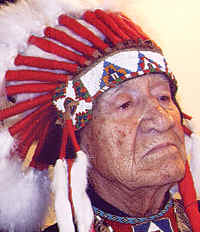

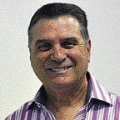
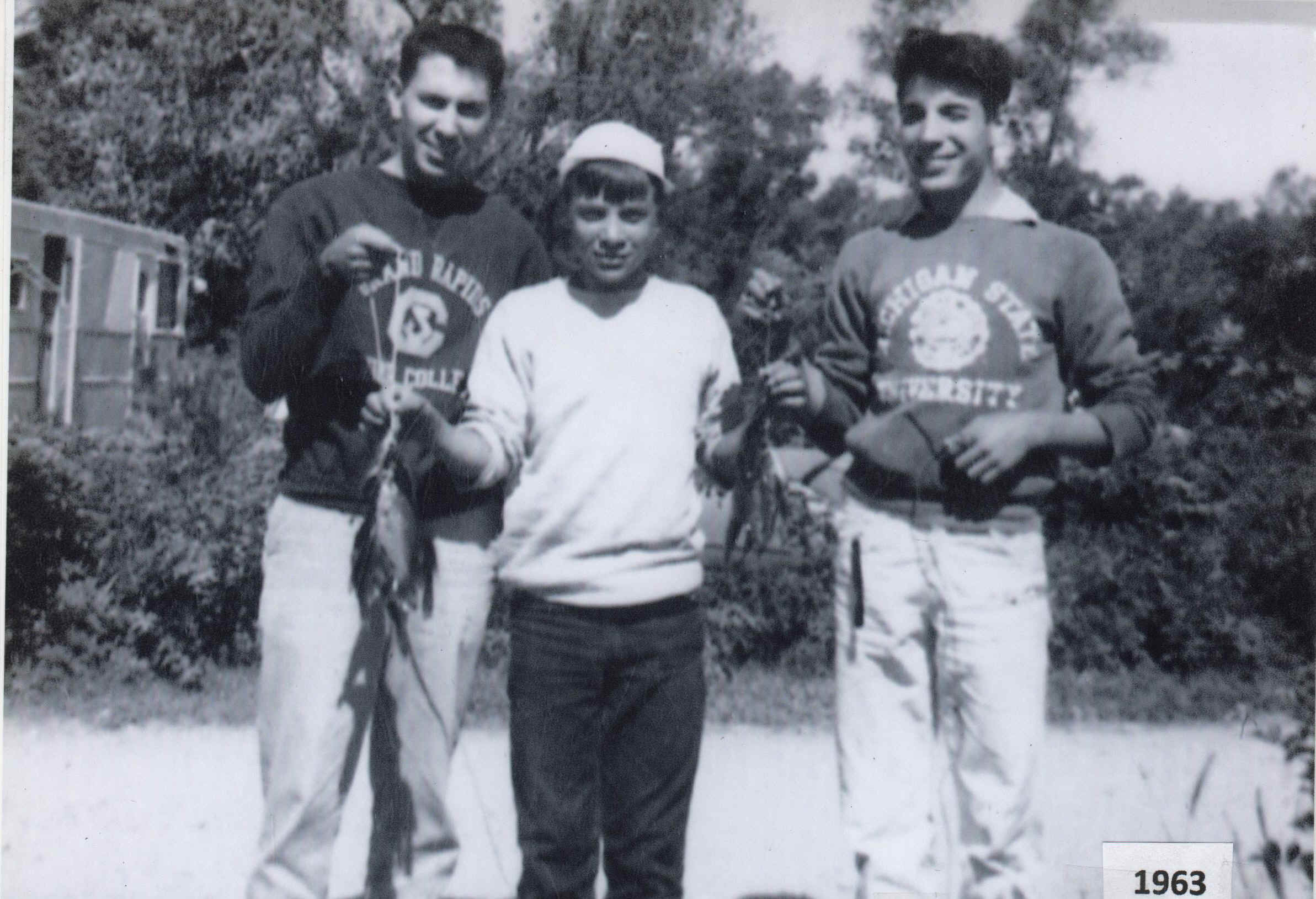
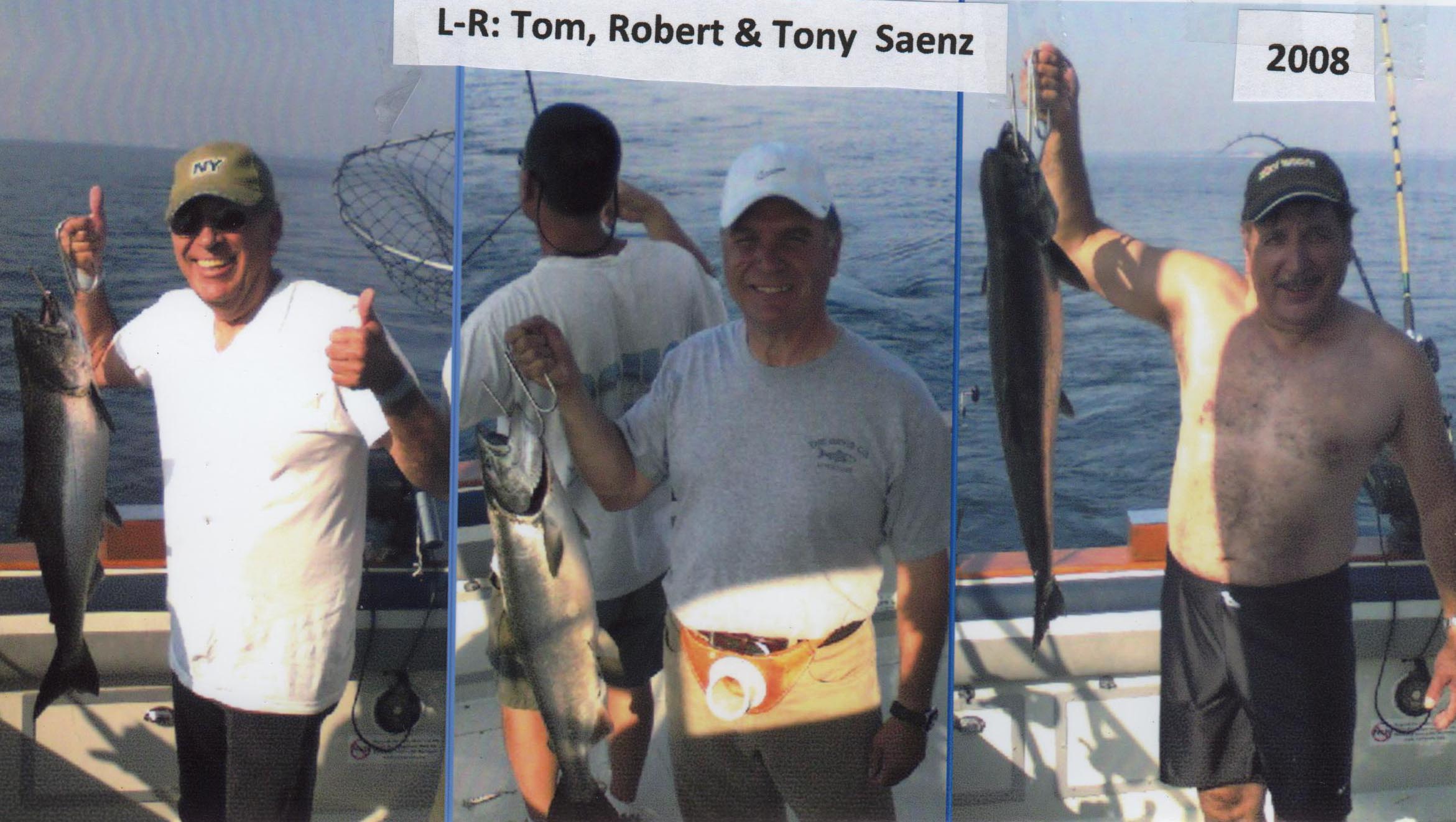

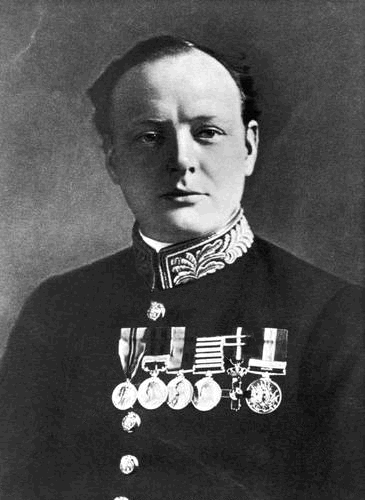
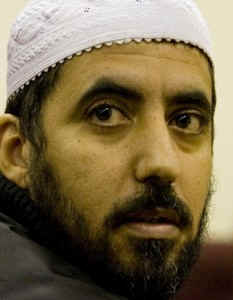


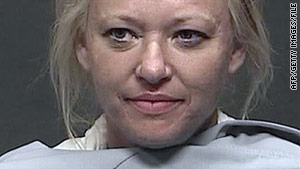


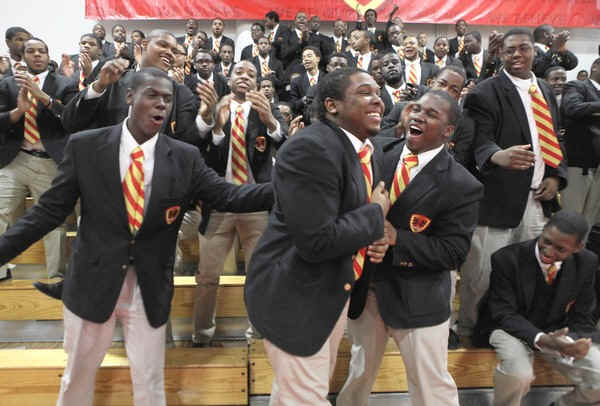

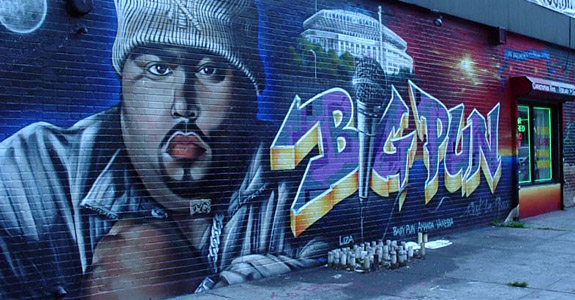
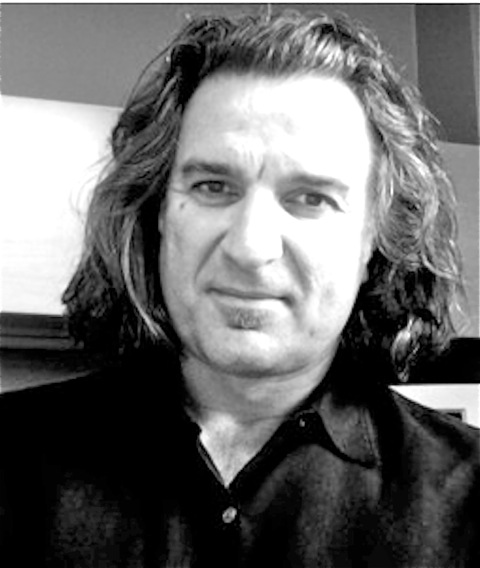
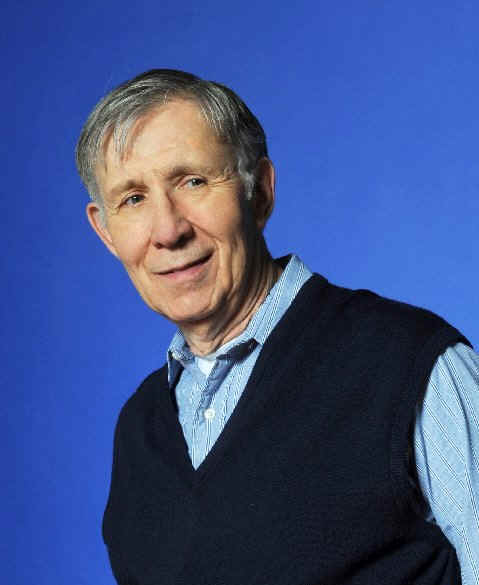
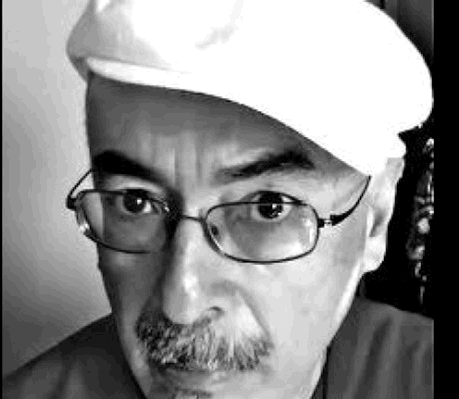
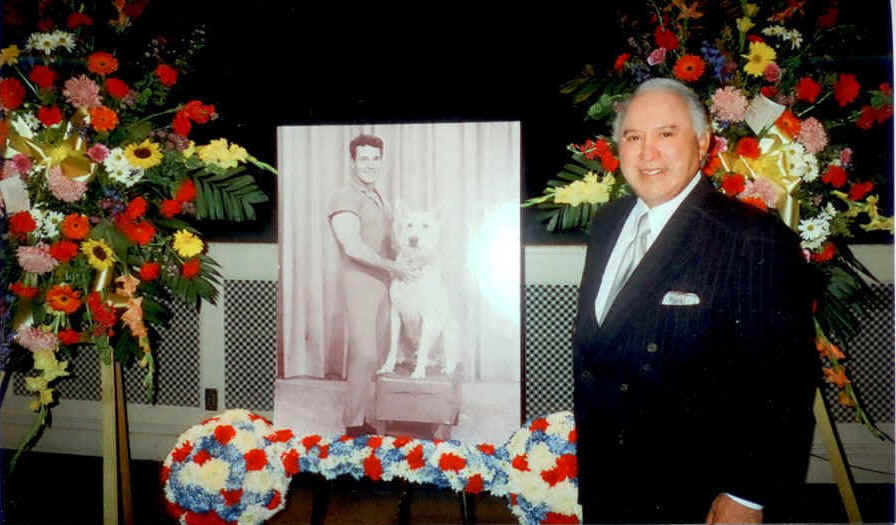
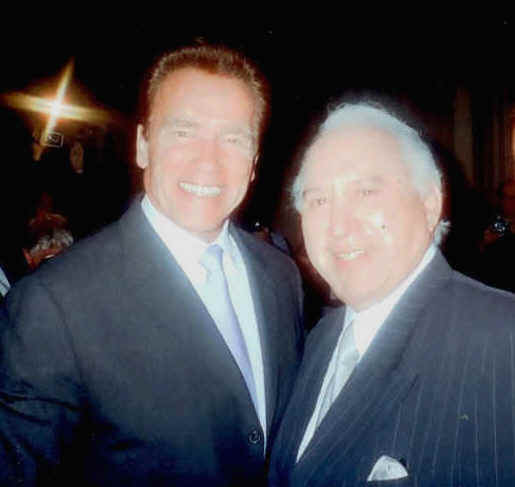
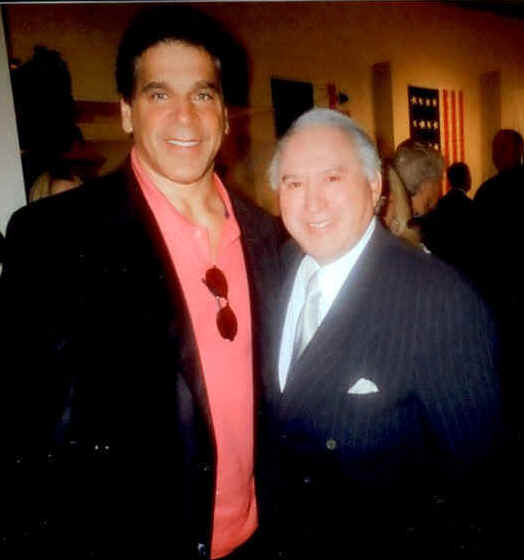

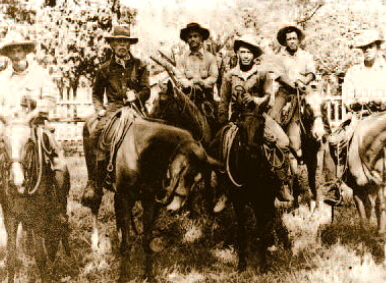


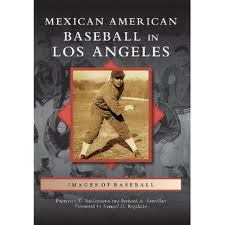
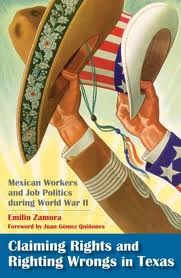
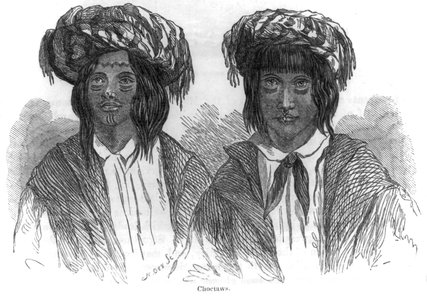
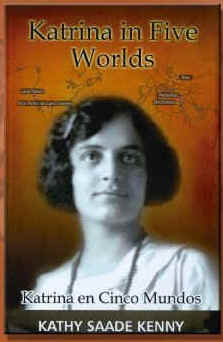
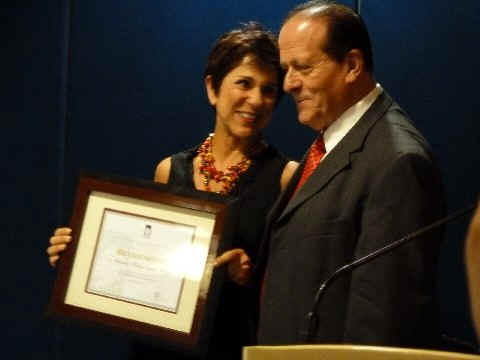
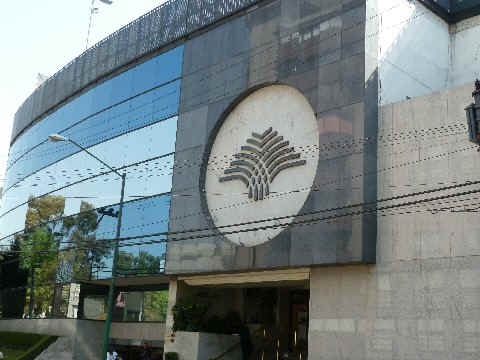
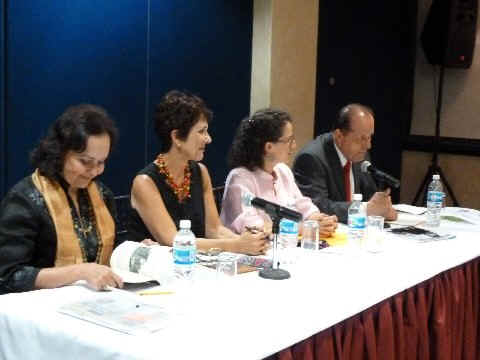
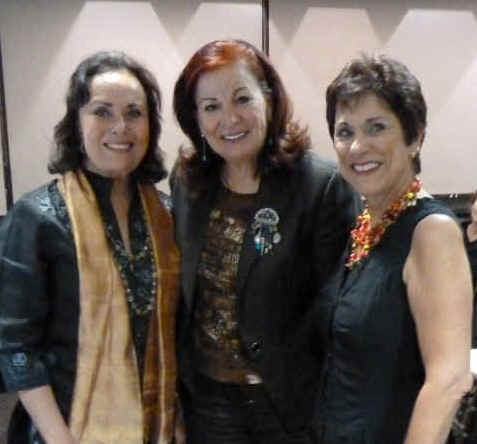
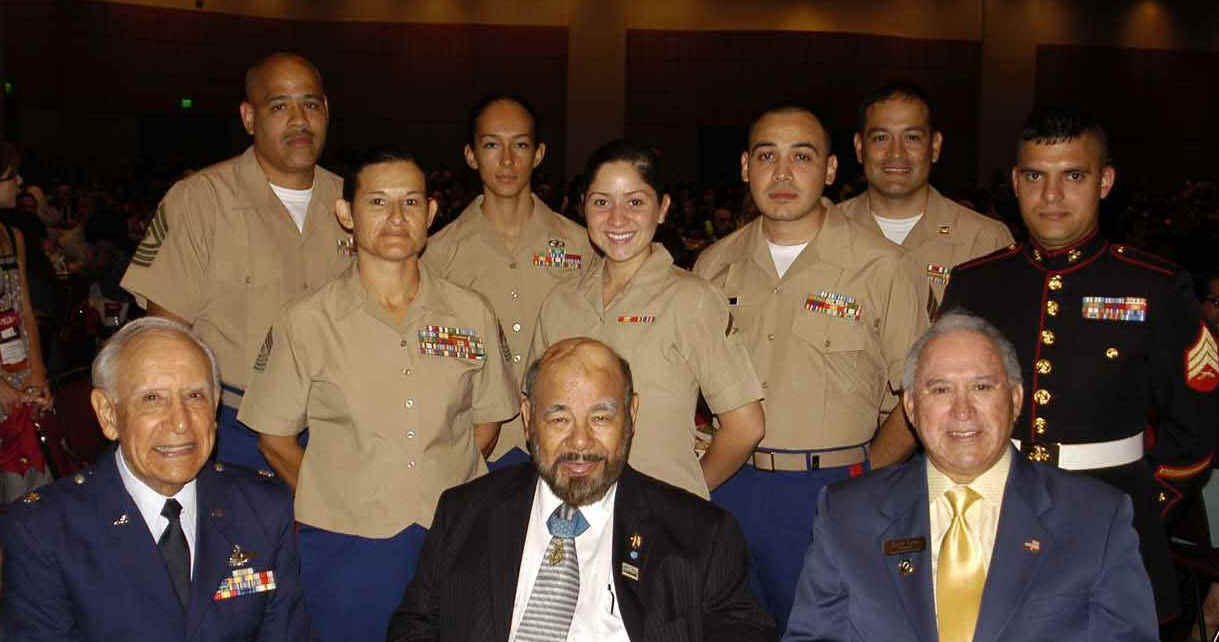



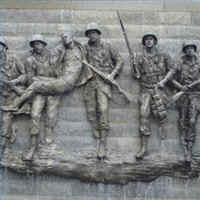
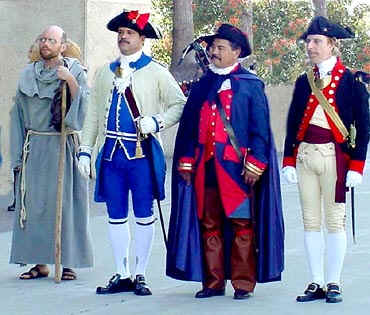
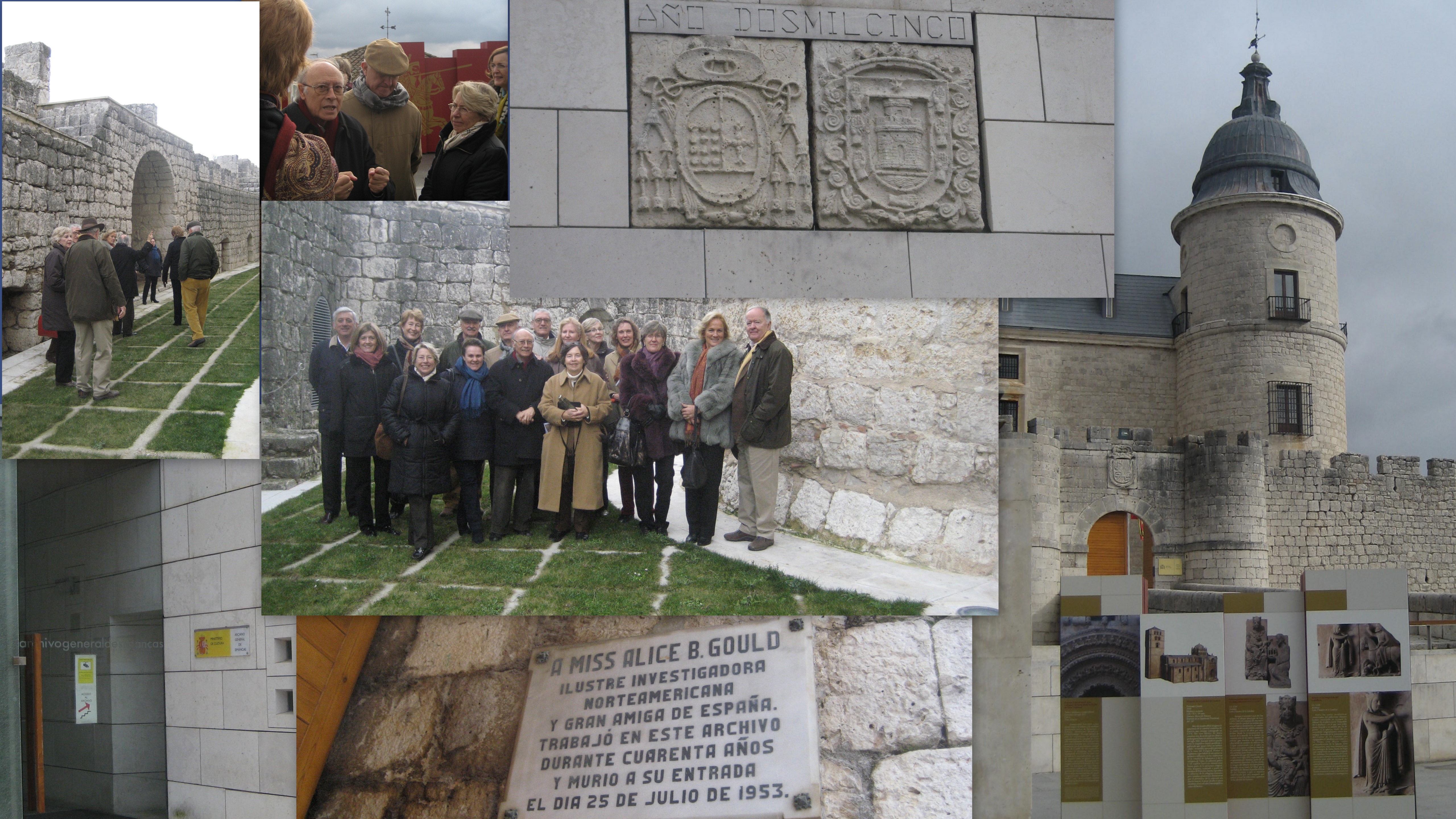


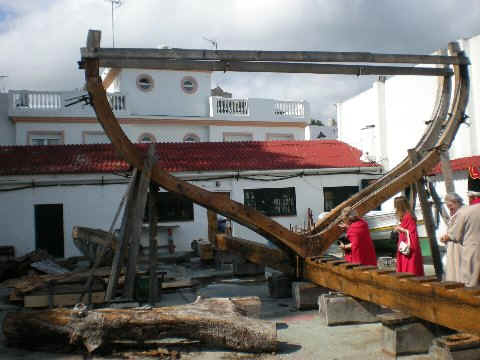
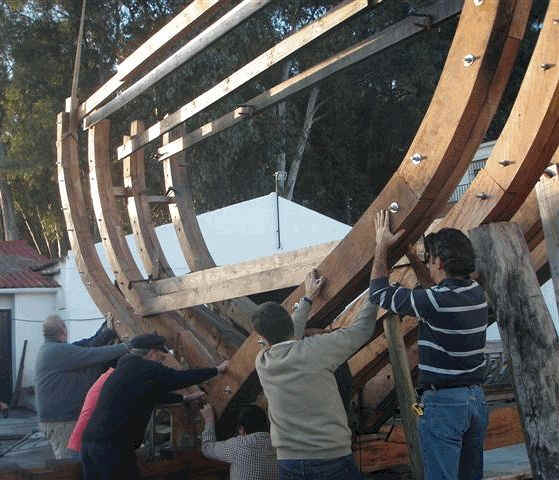
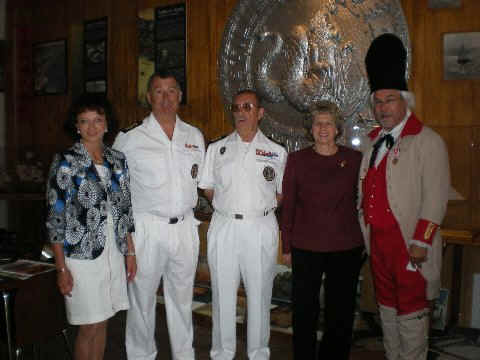

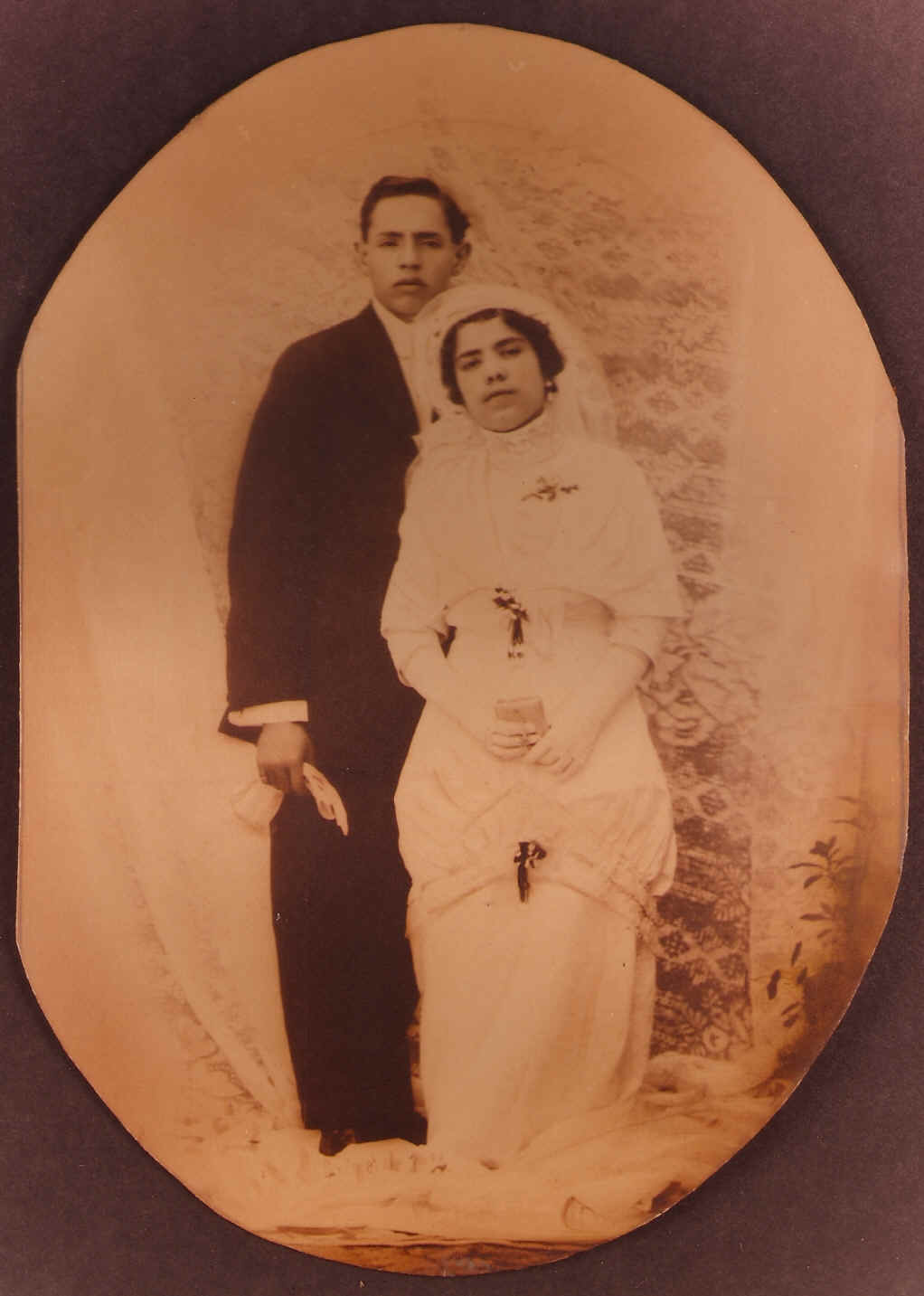
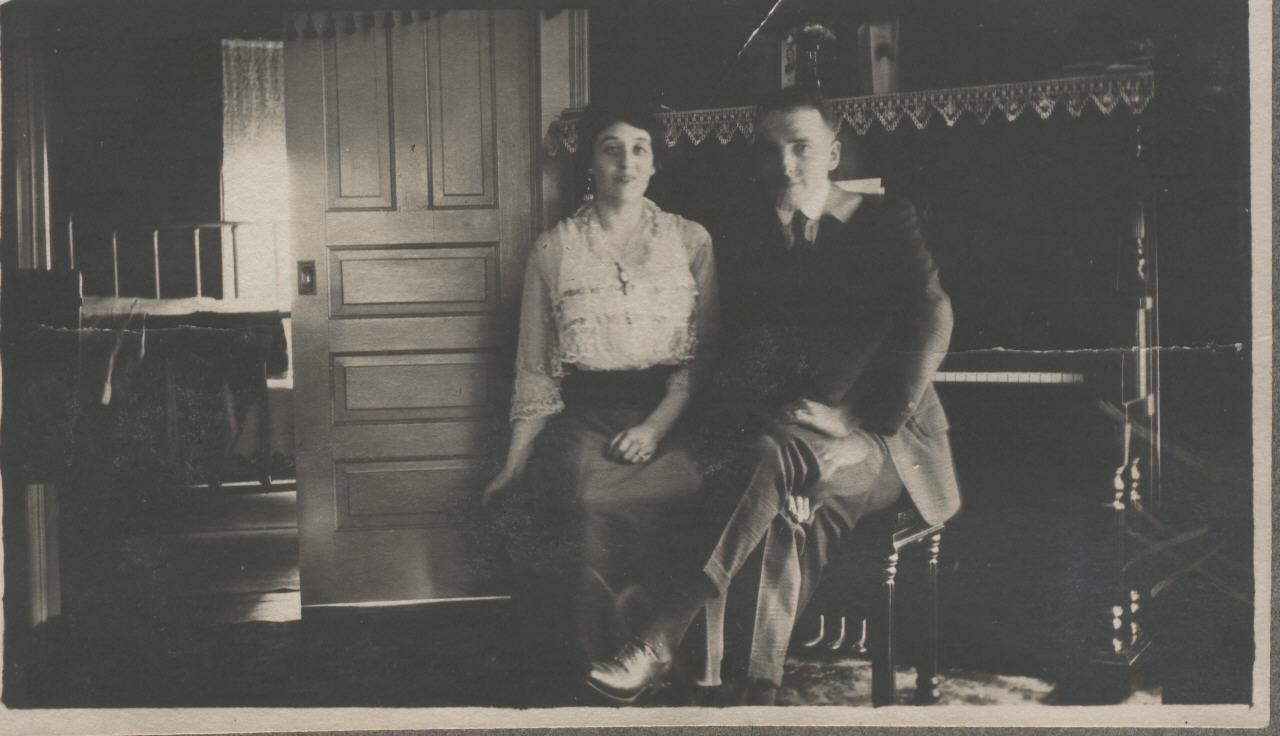
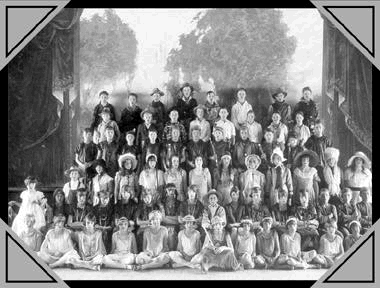

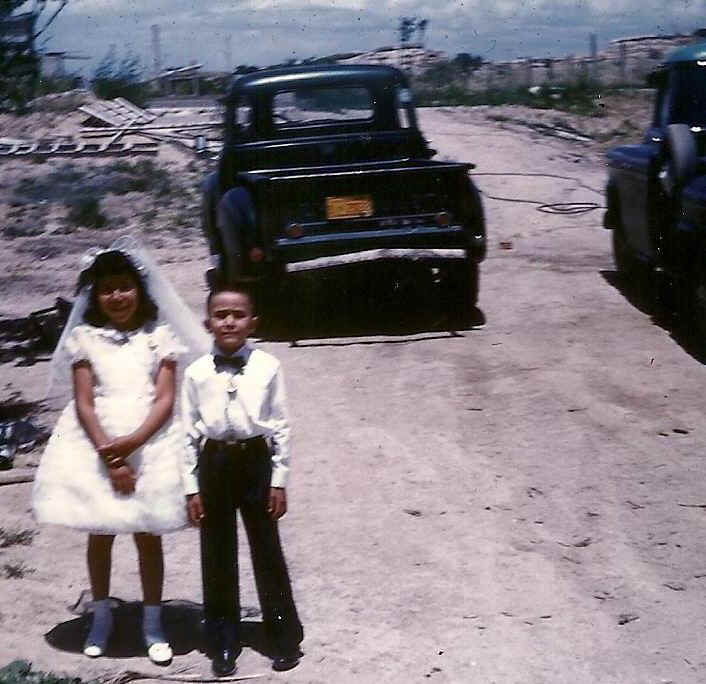 “It’s your turn to drive now,” I said in desperation.
“It’s your turn to drive now,” I said in desperation. 
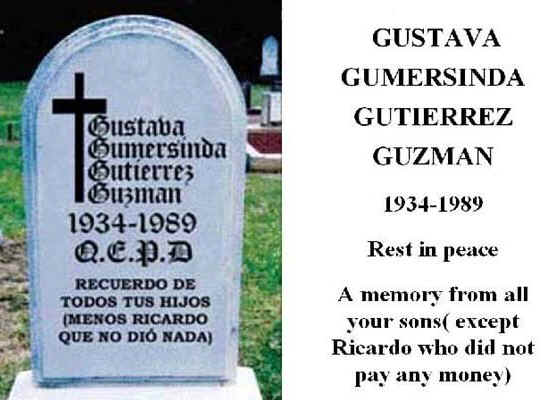
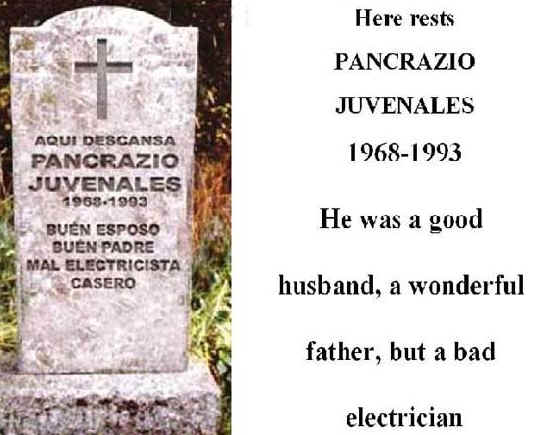
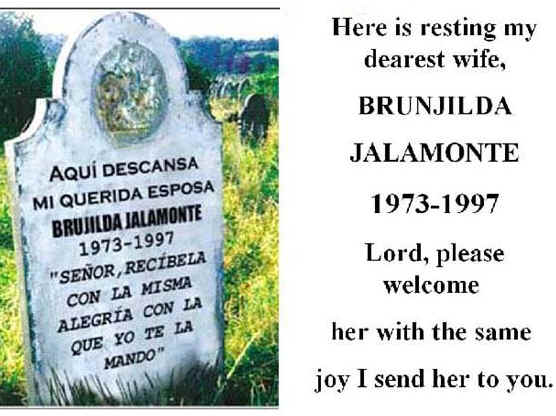
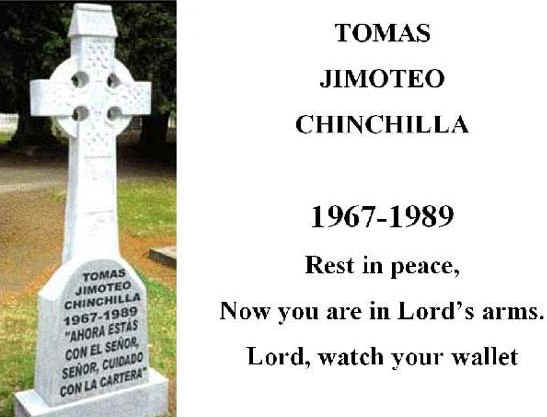


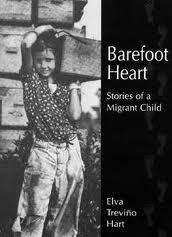


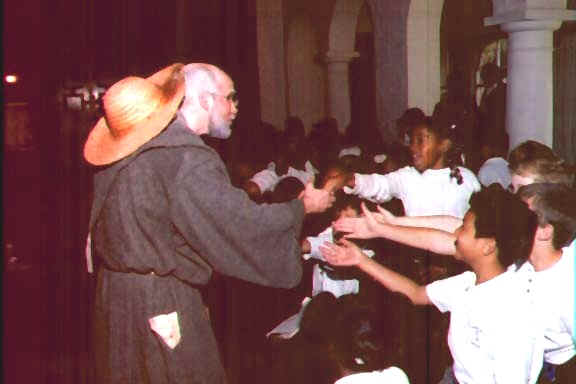
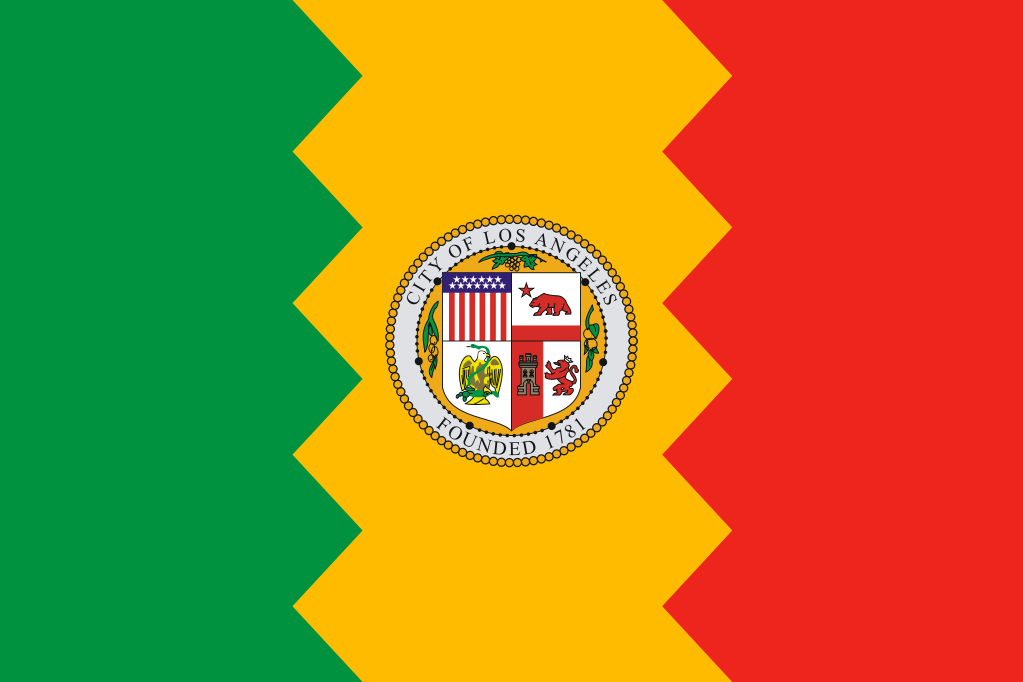
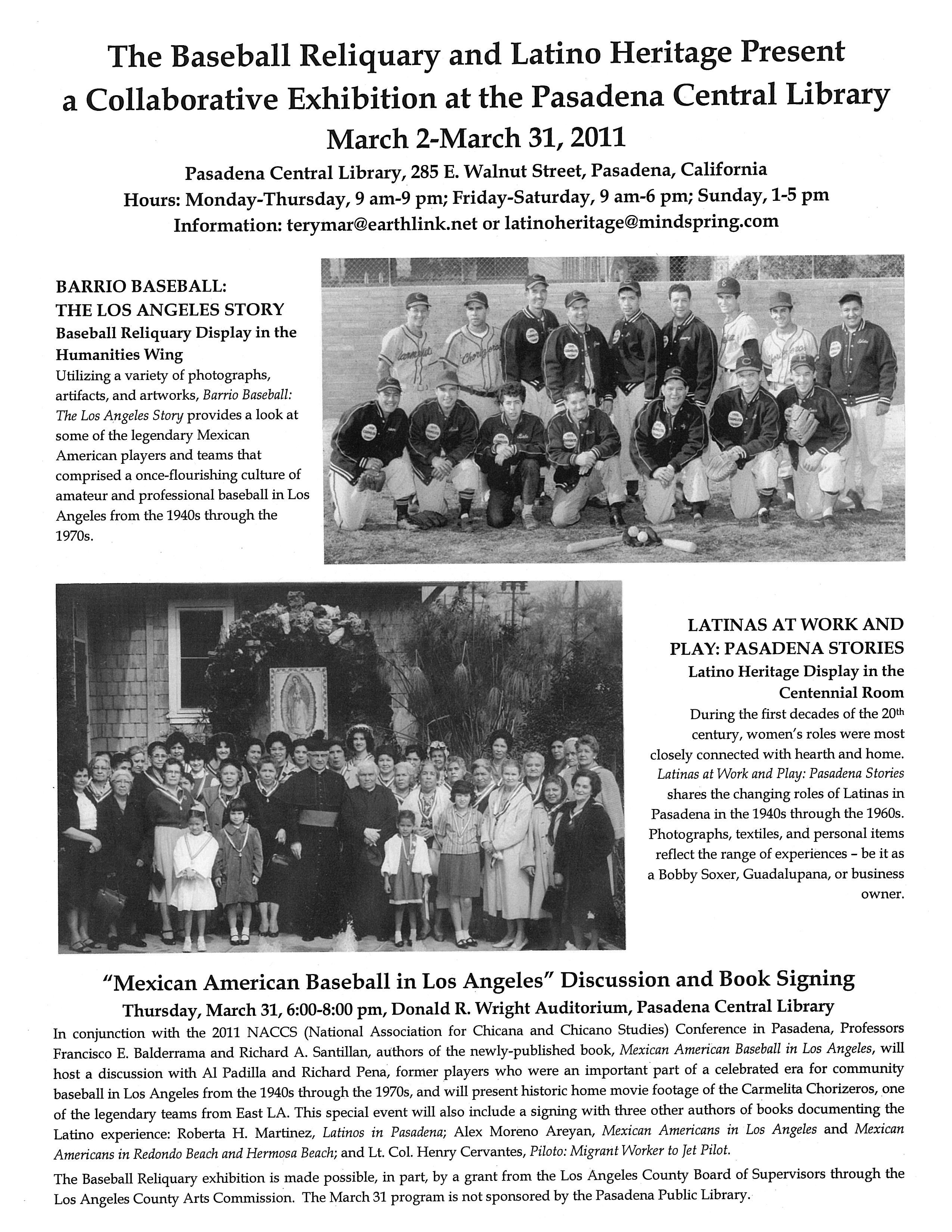
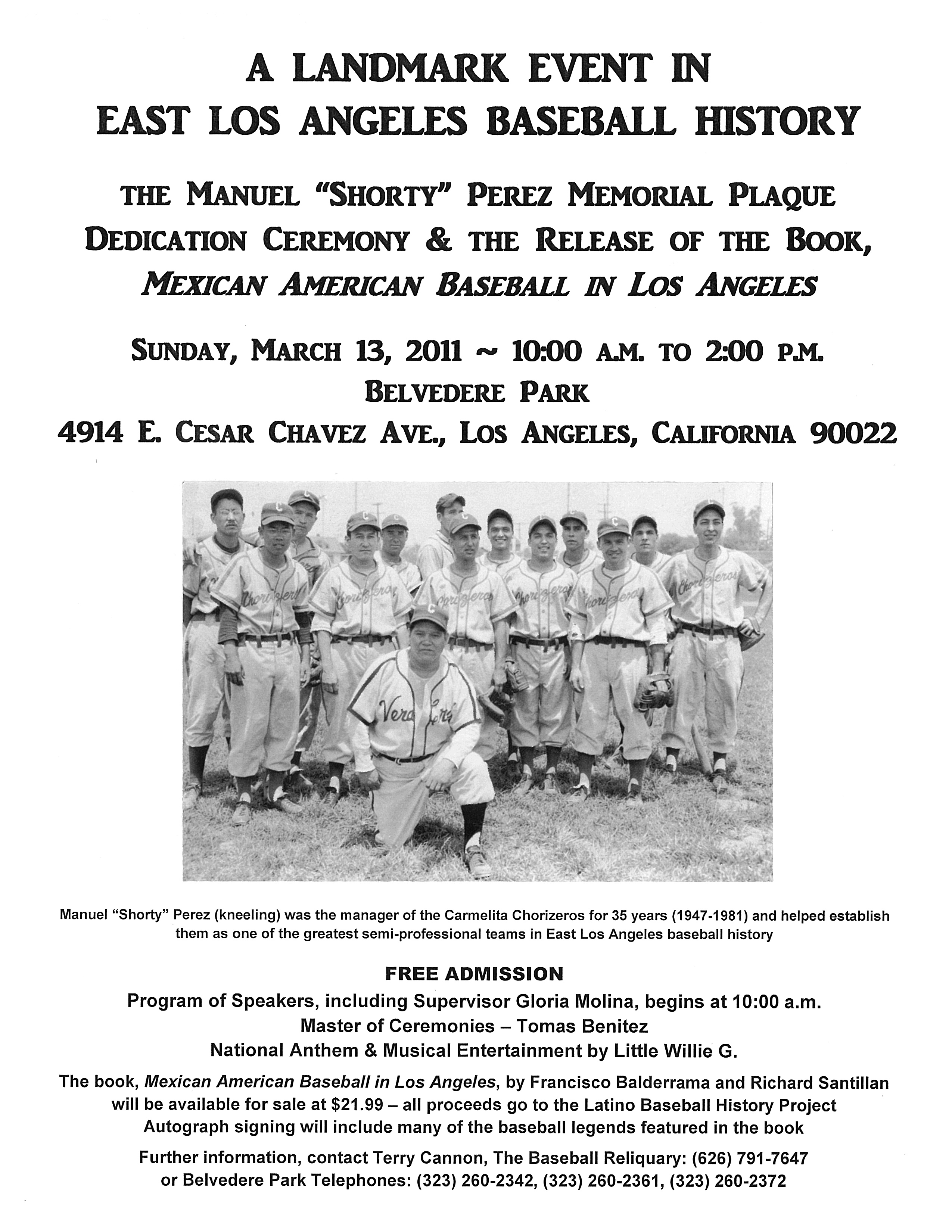
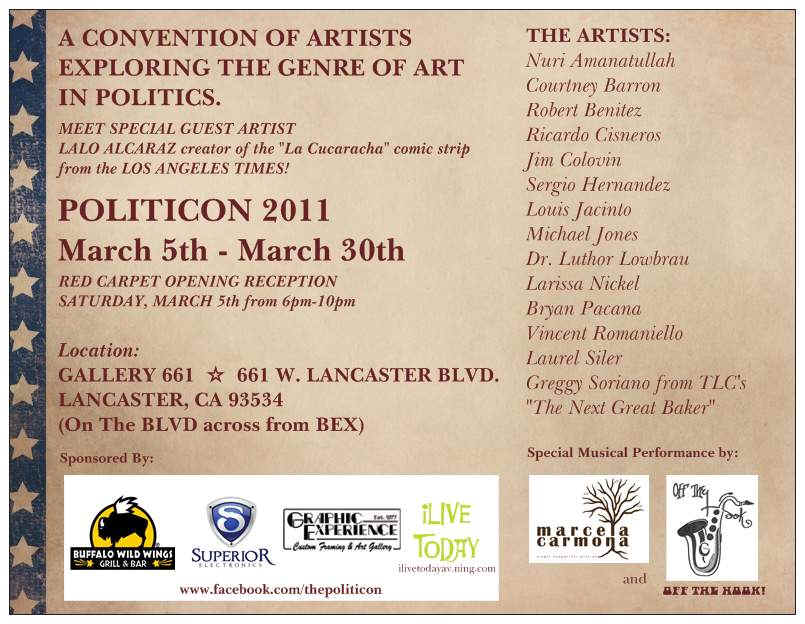
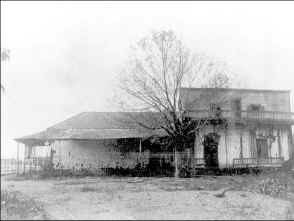
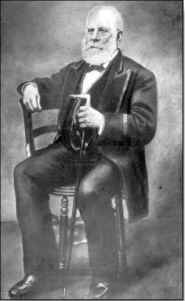

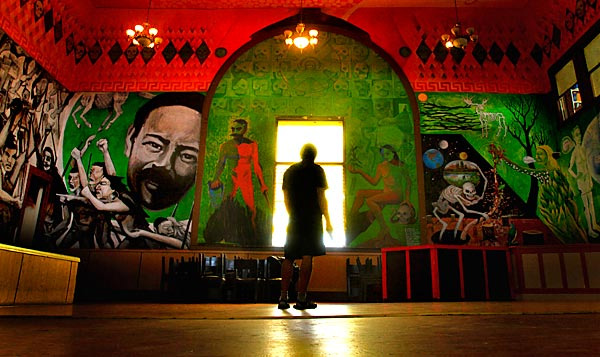


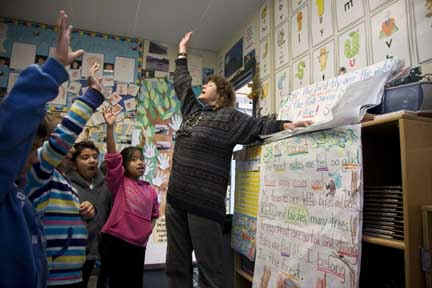
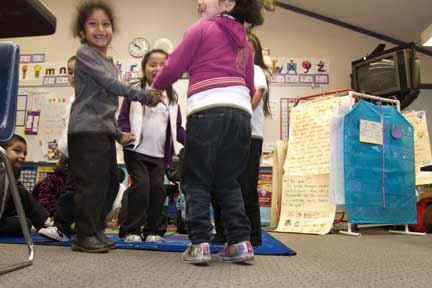
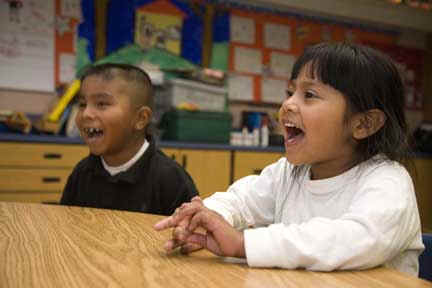
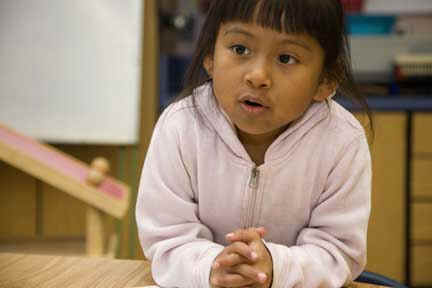
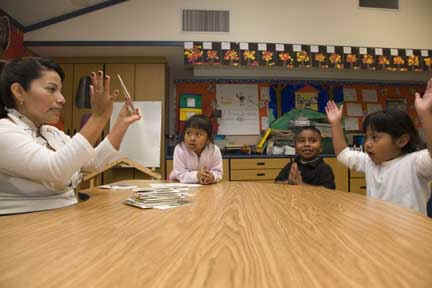
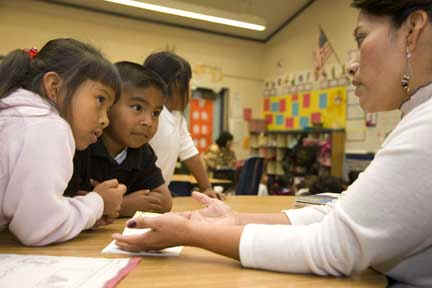
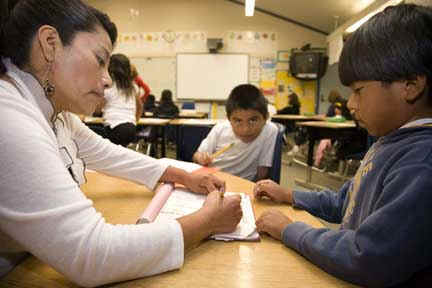
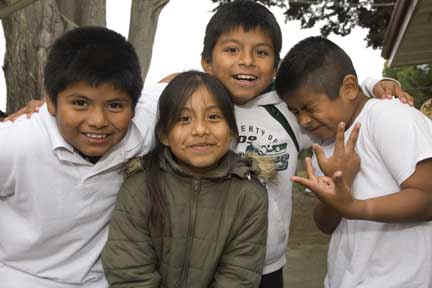
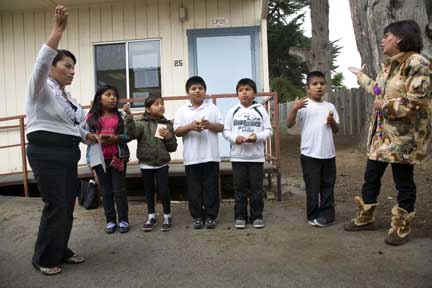
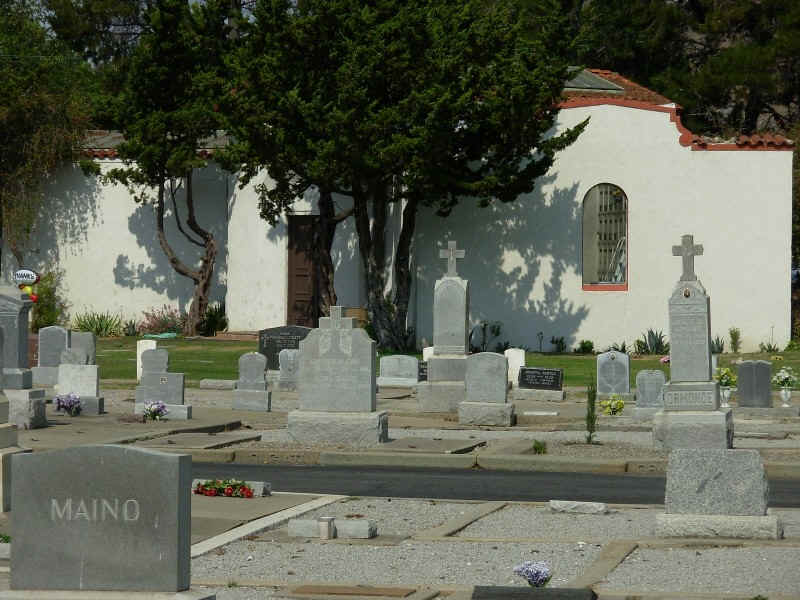

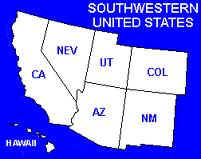
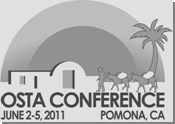


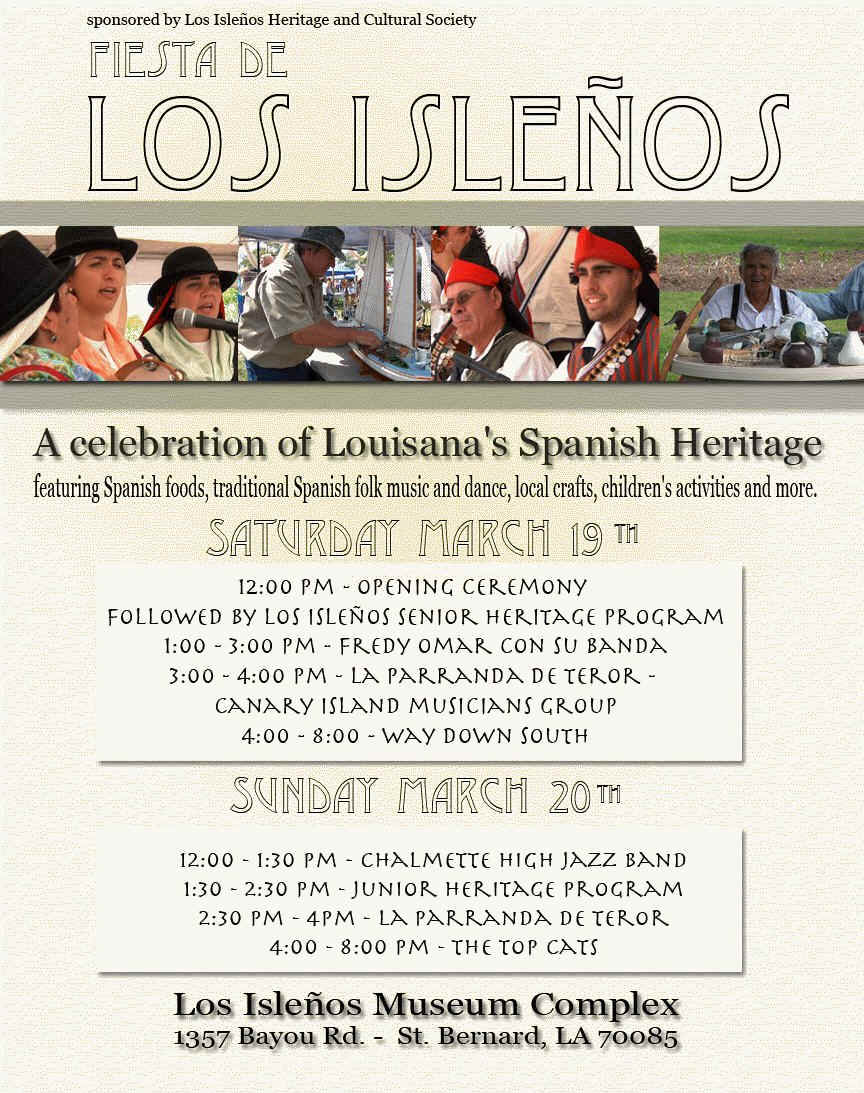
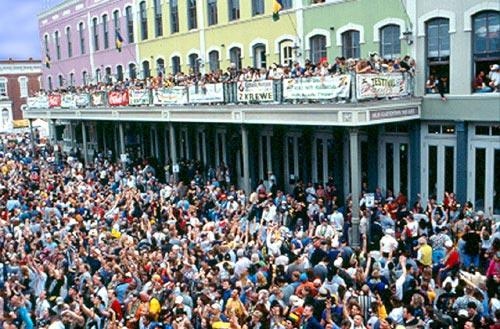
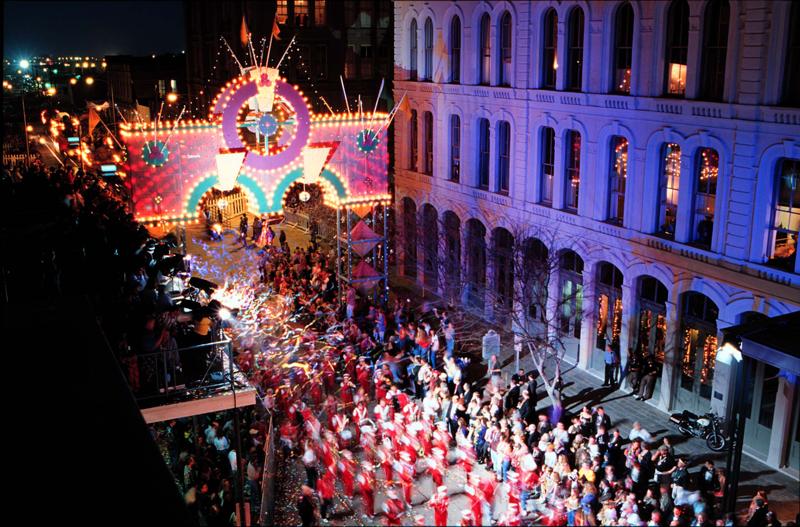
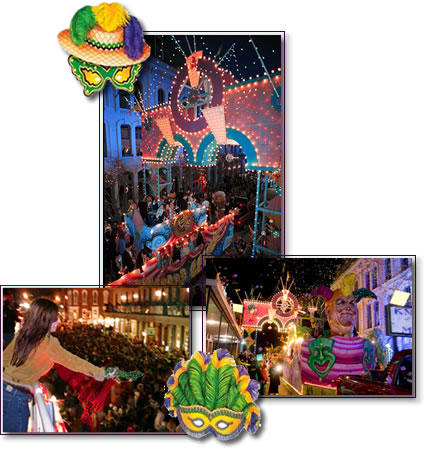

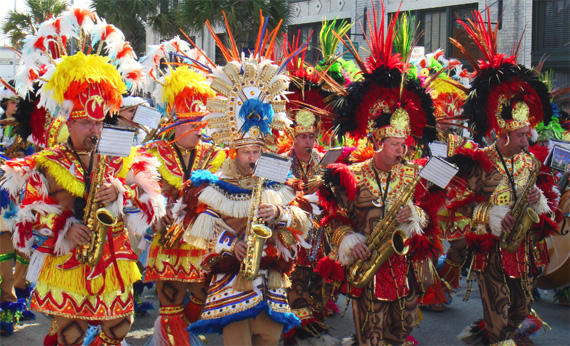
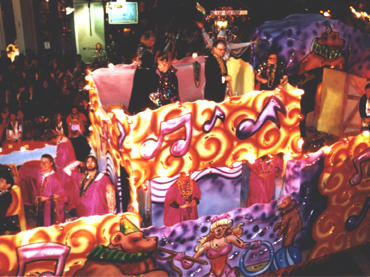
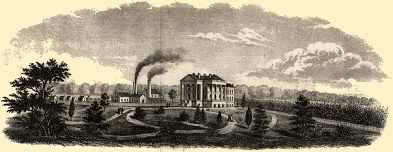 website is affiliated with the
website is affiliated with the 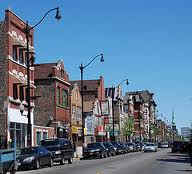
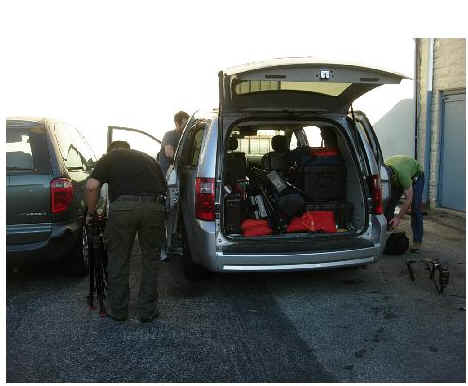
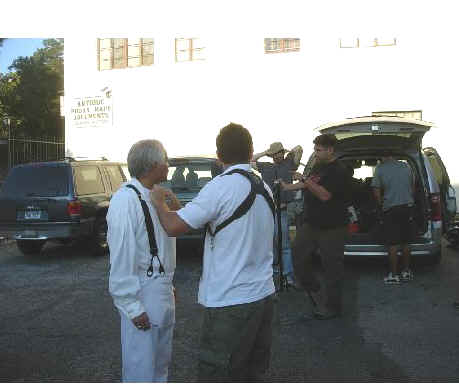
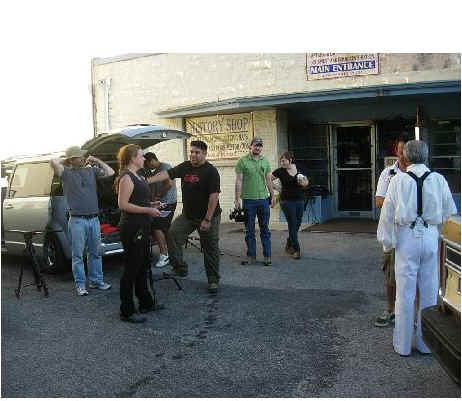
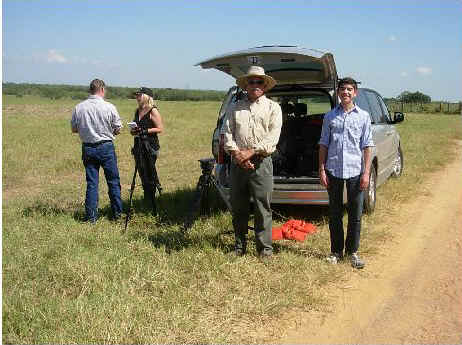
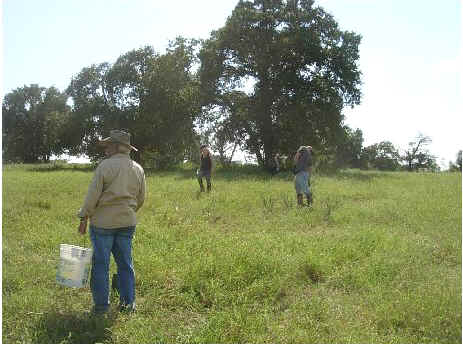
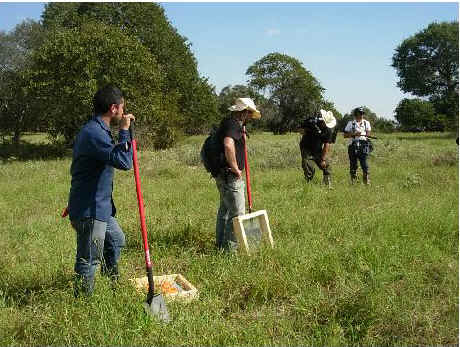
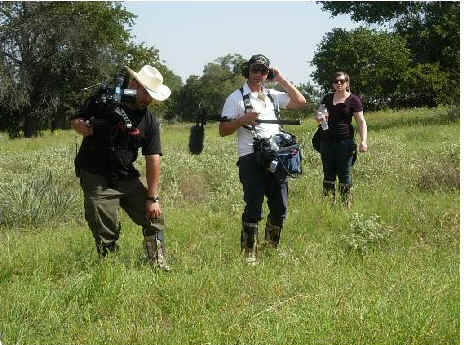
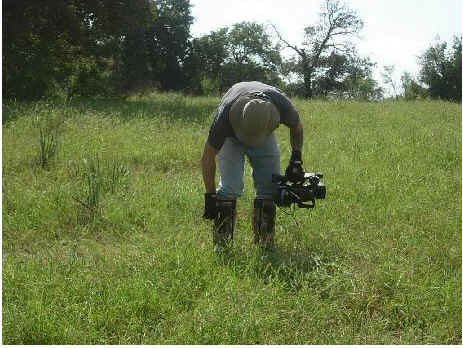

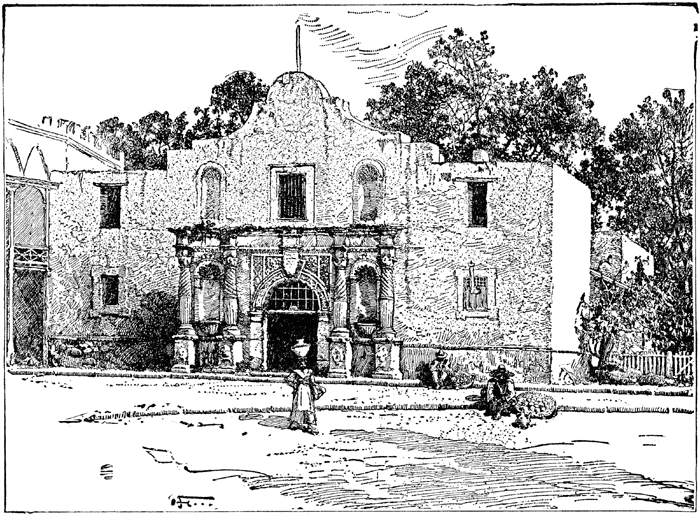
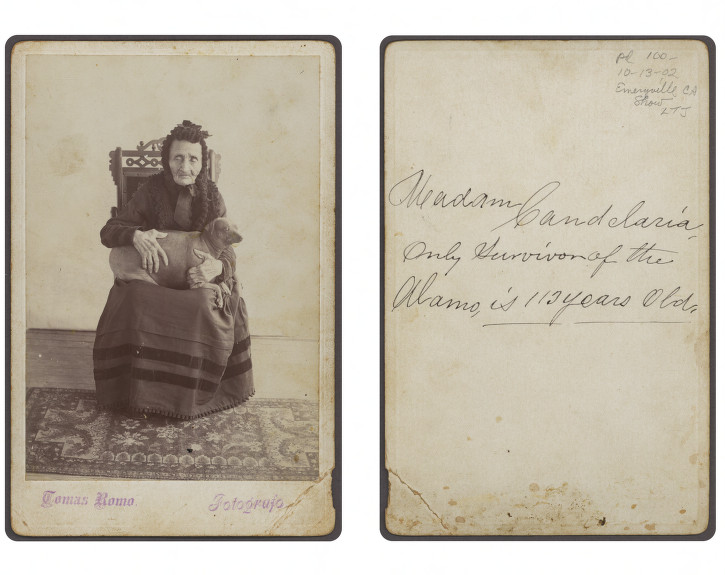
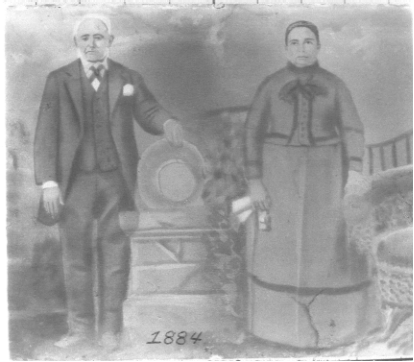
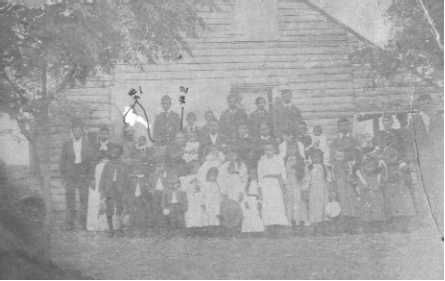
 City Guide: New book turns most of the popular beliefs of the 1836 siege of the Alamo on their head
City Guide: New book turns most of the popular beliefs of the 1836 siege of the Alamo on their head 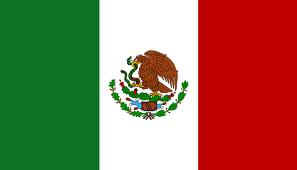

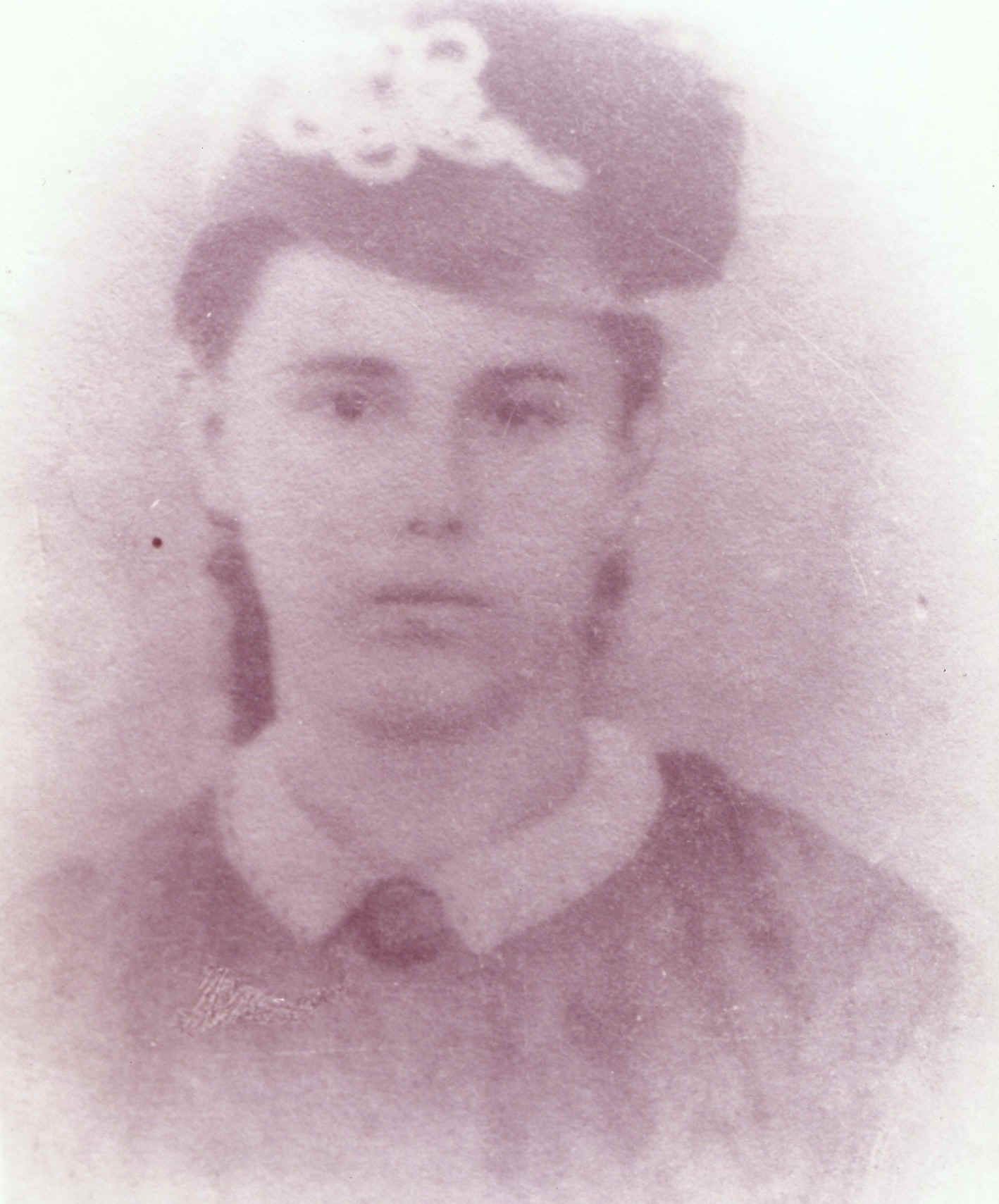
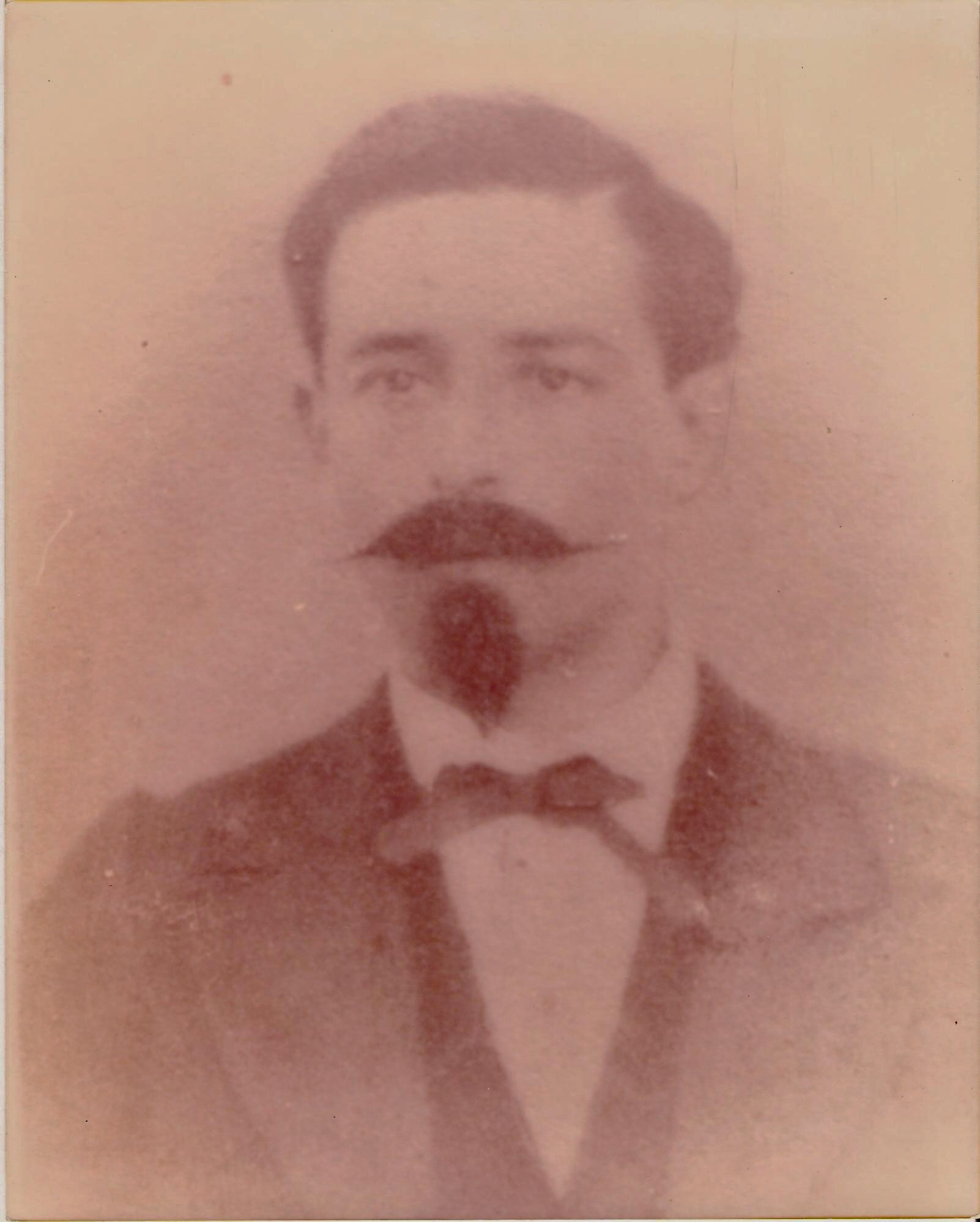
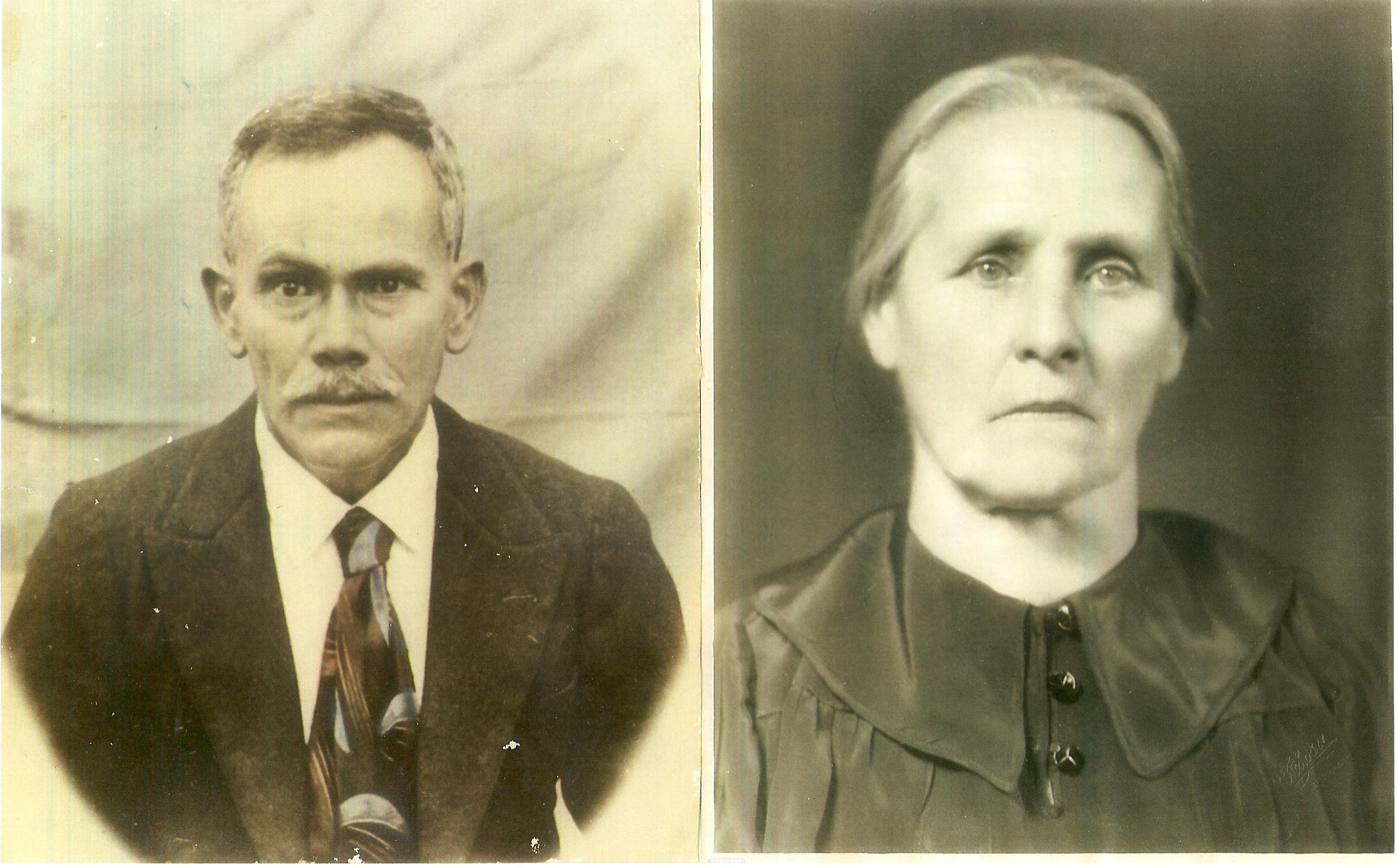
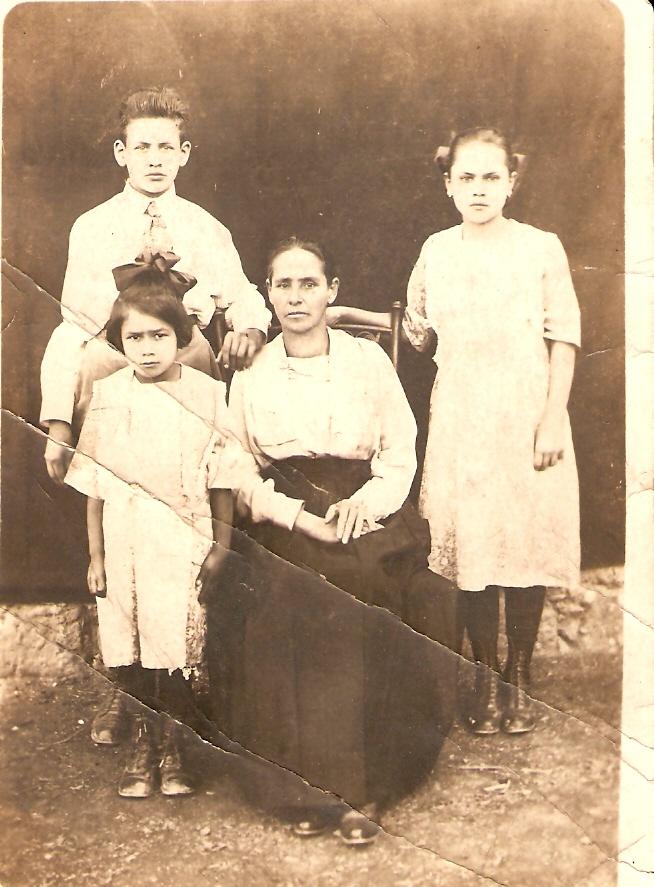
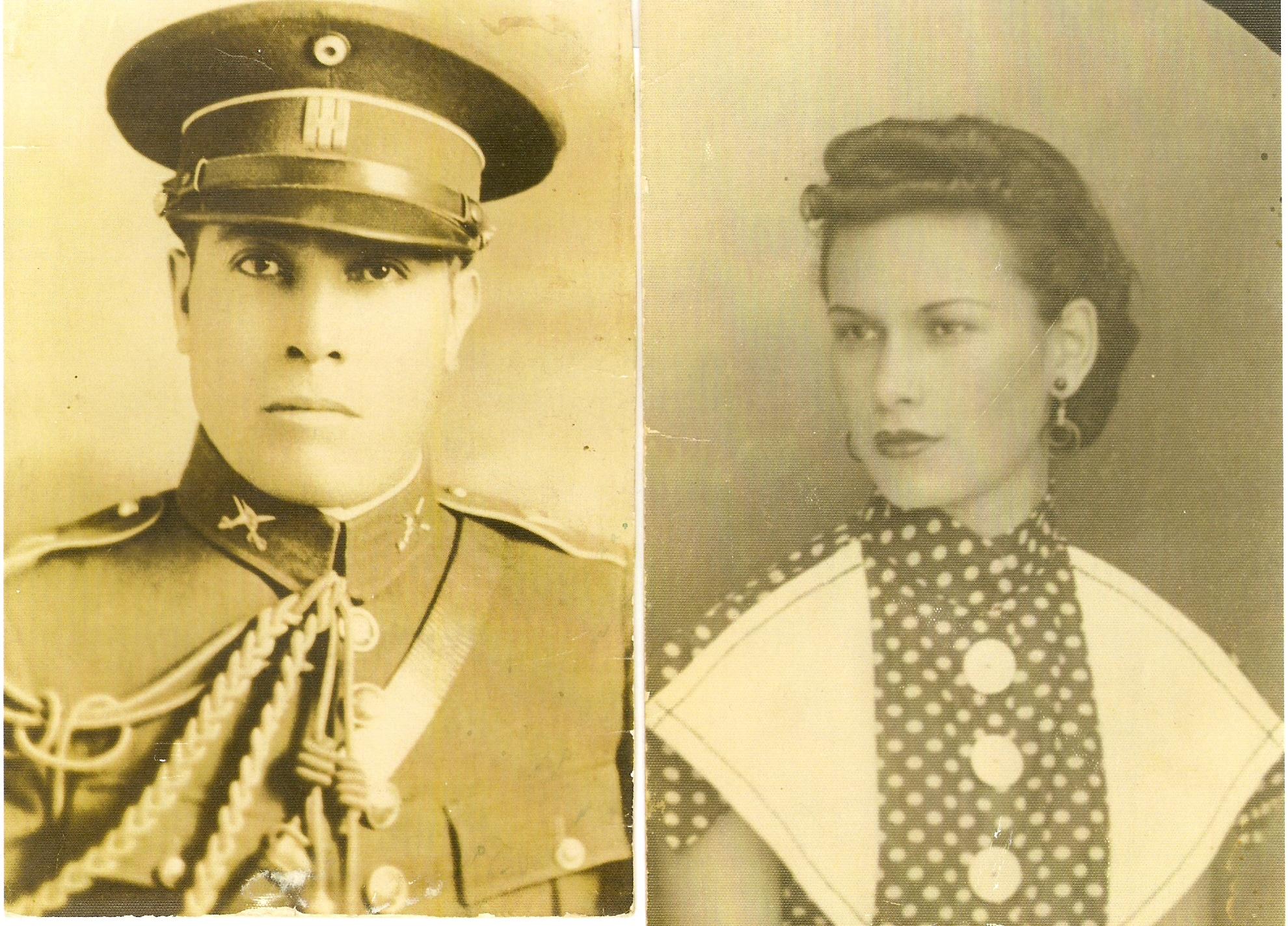
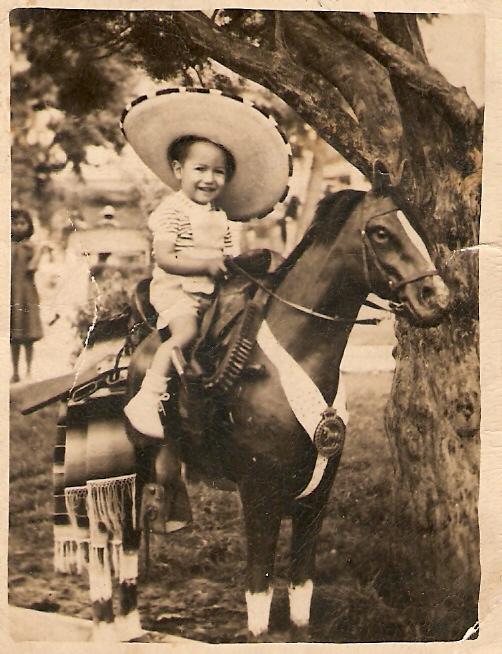
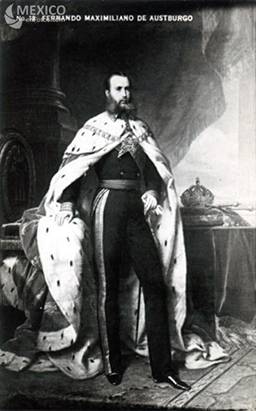
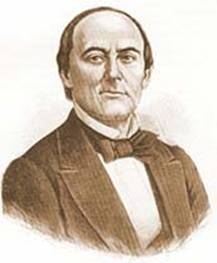


![[image]](peru1.gif)
![[image]](peru2.gif)
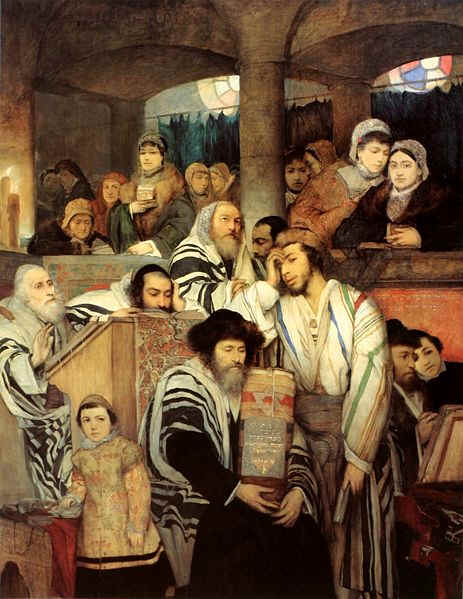
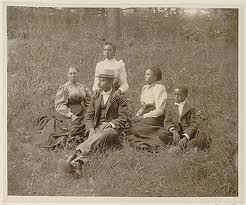
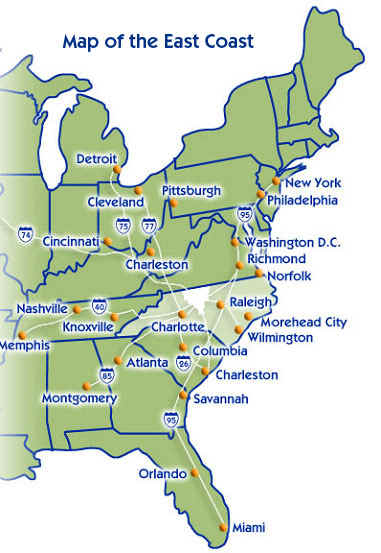

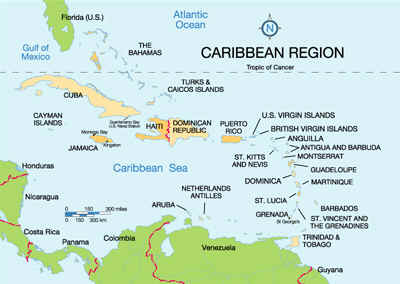
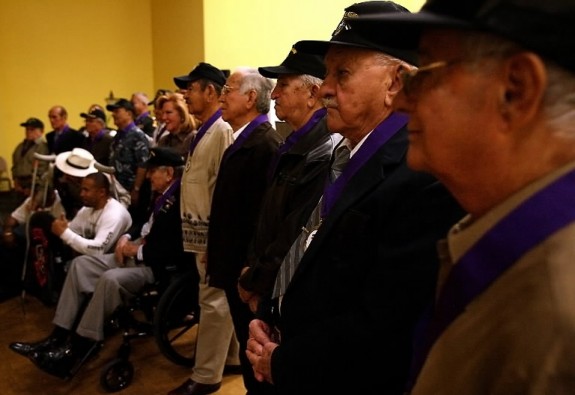
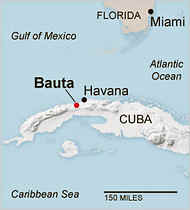
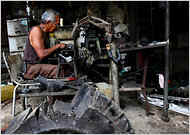
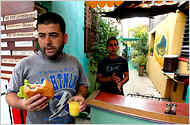 Eagerly, warily, Cubans are taking up the government’s offer to work for themselves, selling coffee in their front yards, renting out houses, making rattan furniture and hawking everything from bootleg DVDs to Silly Bandz and homemade wine.
Eagerly, warily, Cubans are taking up the government’s offer to work for themselves, selling coffee in their front yards, renting out houses, making rattan furniture and hawking everything from bootleg DVDs to Silly Bandz and homemade wine. 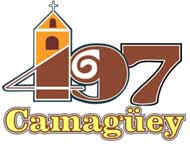


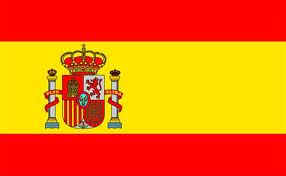
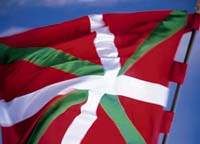 On 14 April 1945, three weeks before the end of the war, the Guernica
Battalion, Spanish Nationalist Union, and the Moroccan volunteers attacked
the last Germans in the Gironde, the Bordeaux wine region on the Atlantic
coast (Kurlansky, 1999). The Germans were entrenched in the
Pointe-de-Grave, a point of land guarding the entrance to the mouth of the
Gironde, the river that leads to Bordeaux. Fortress Gironde, as it was
known, had a garrison of 4,000, significantly more than the attackers. 15
hours of combat through the budding vineyards lead to an allied success.
On 14 April 1945, three weeks before the end of the war, the Guernica
Battalion, Spanish Nationalist Union, and the Moroccan volunteers attacked
the last Germans in the Gironde, the Bordeaux wine region on the Atlantic
coast (Kurlansky, 1999). The Germans were entrenched in the
Pointe-de-Grave, a point of land guarding the entrance to the mouth of the
Gironde, the river that leads to Bordeaux. Fortress Gironde, as it was
known, had a garrison of 4,000, significantly more than the attackers. 15
hours of combat through the budding vineyards lead to an allied success.


Pilsen Historic District